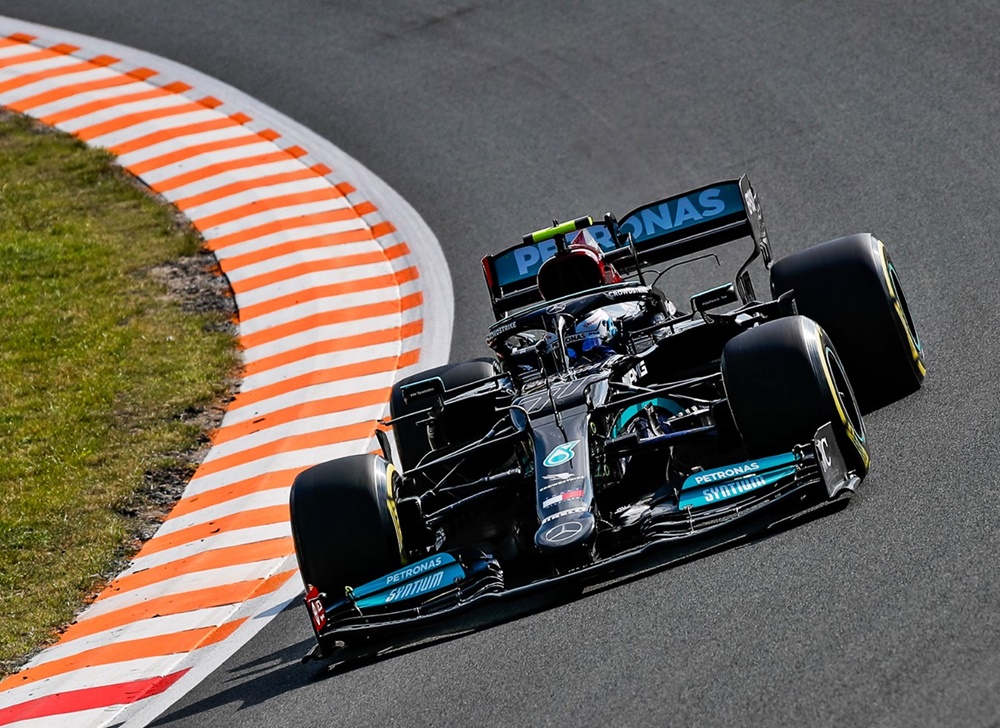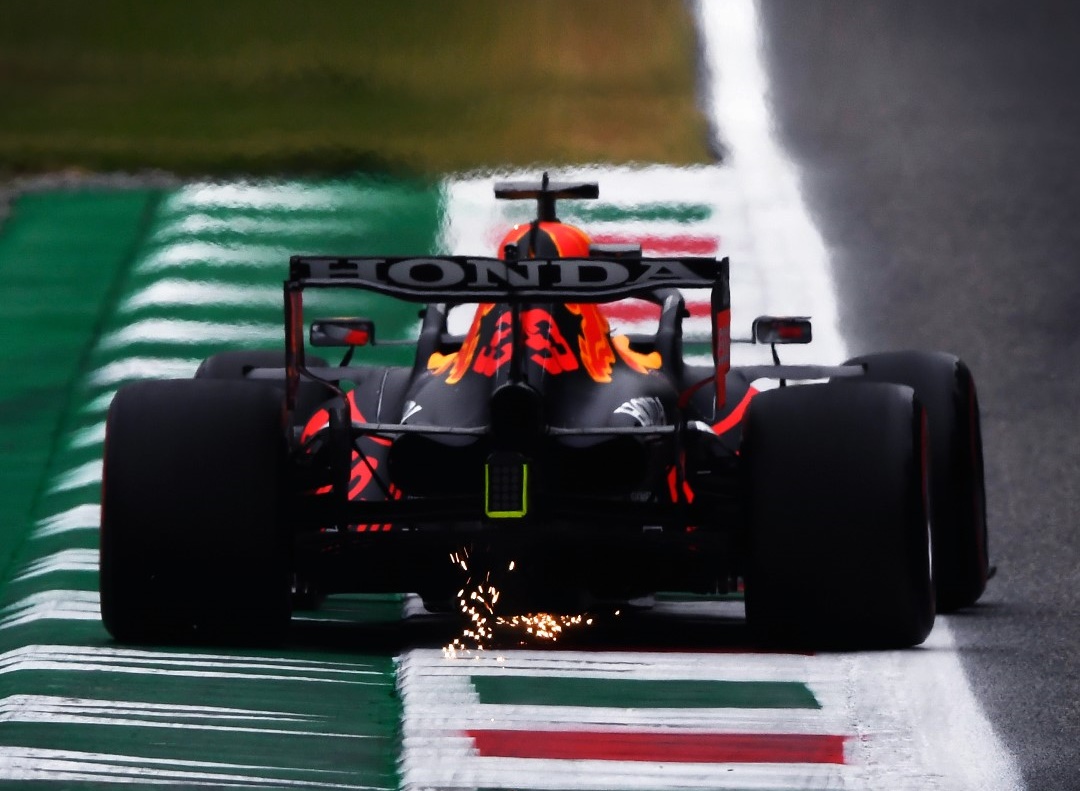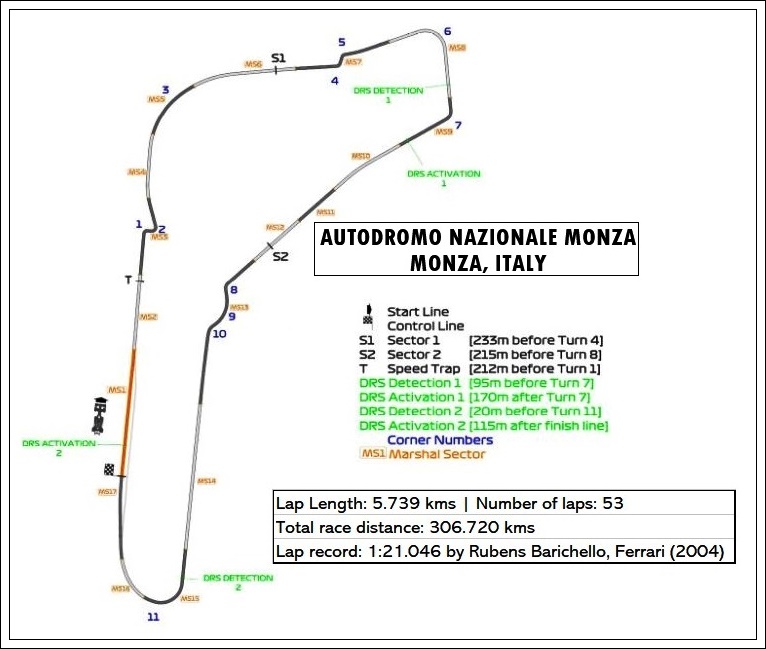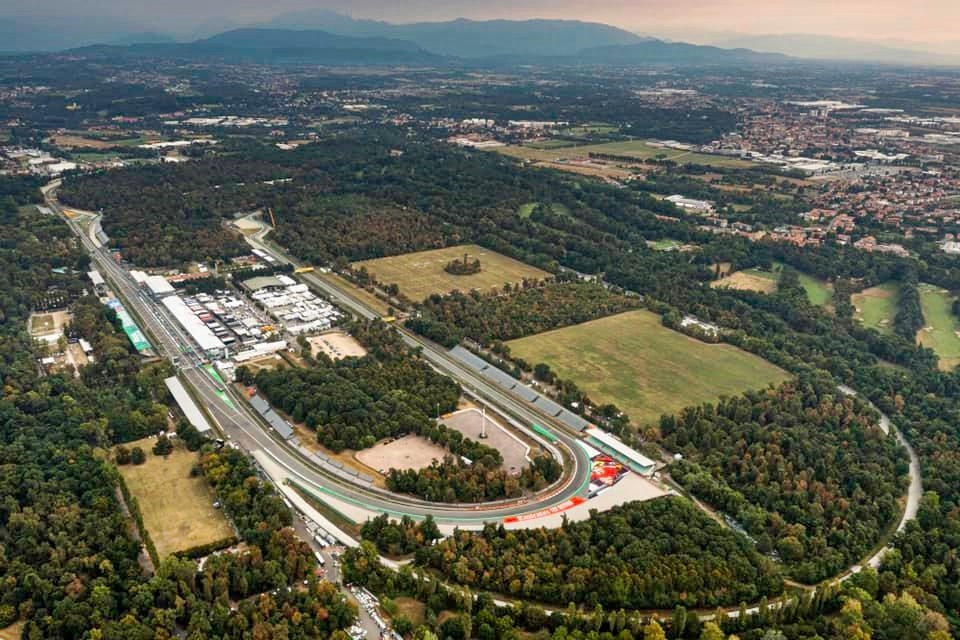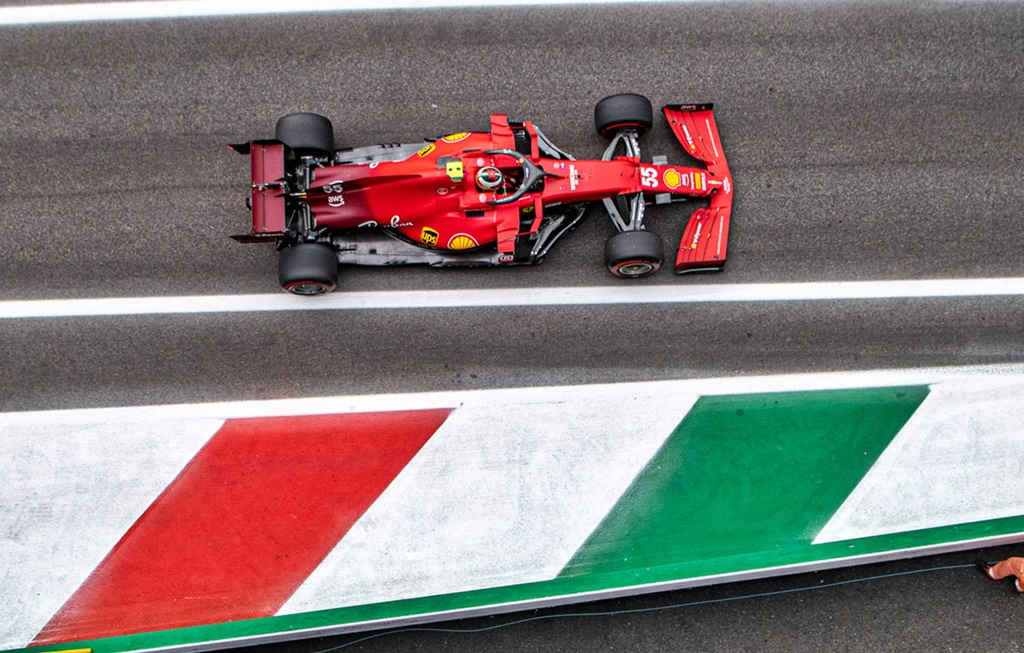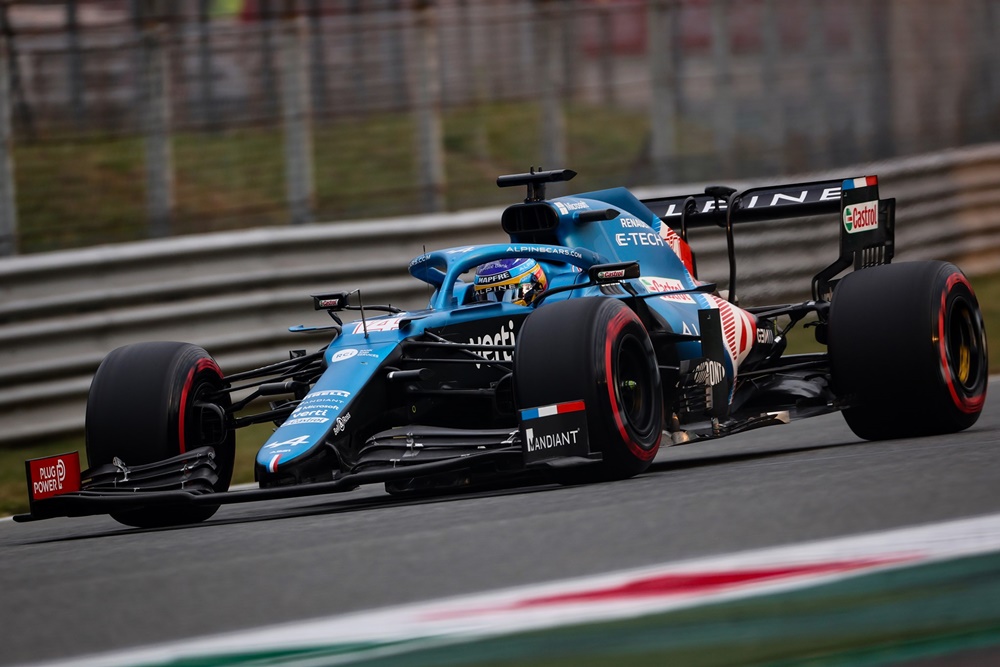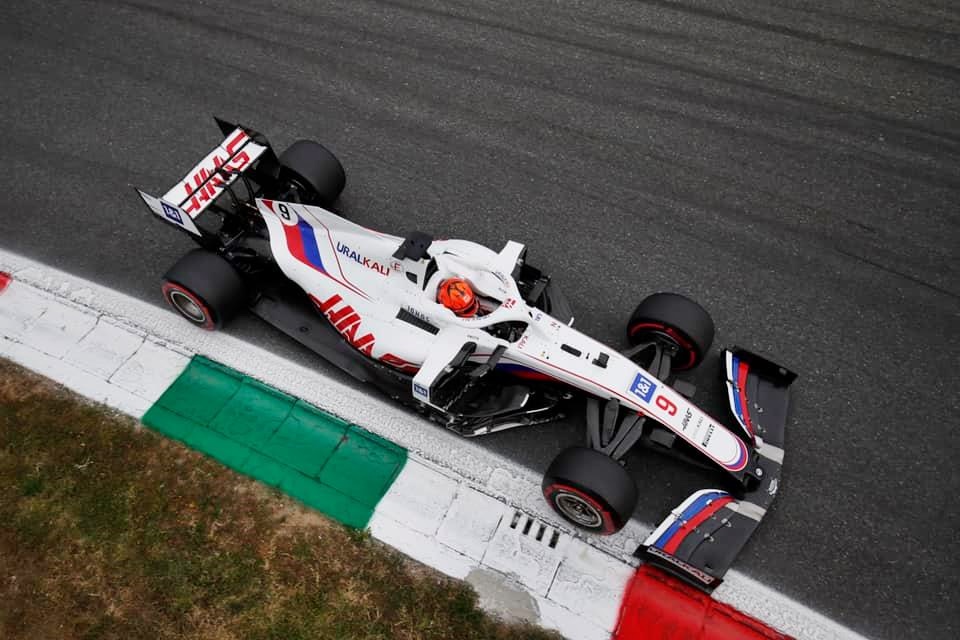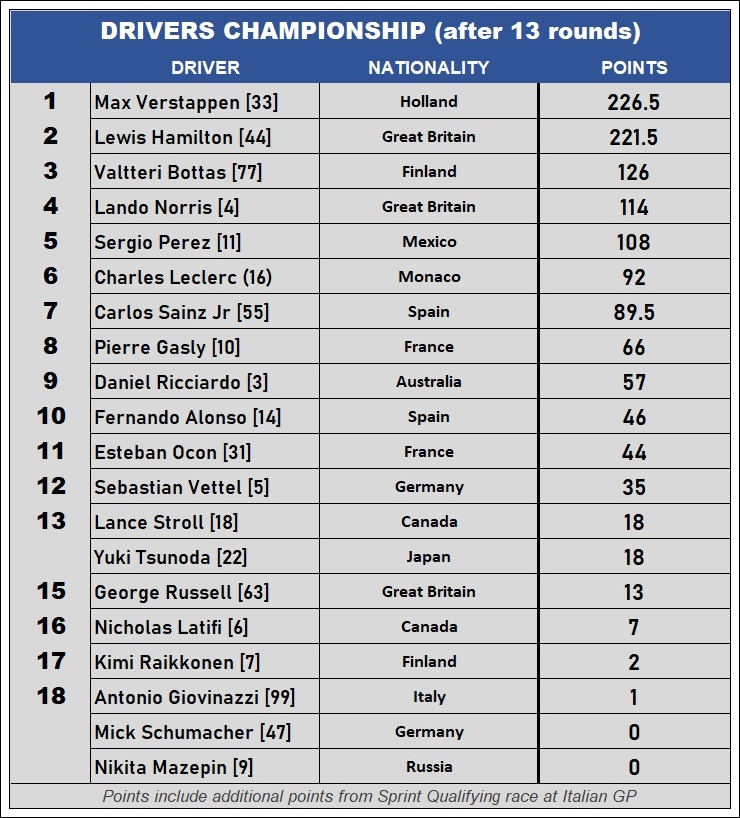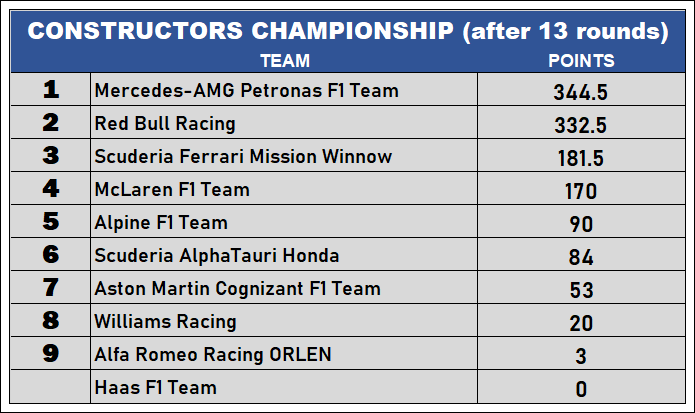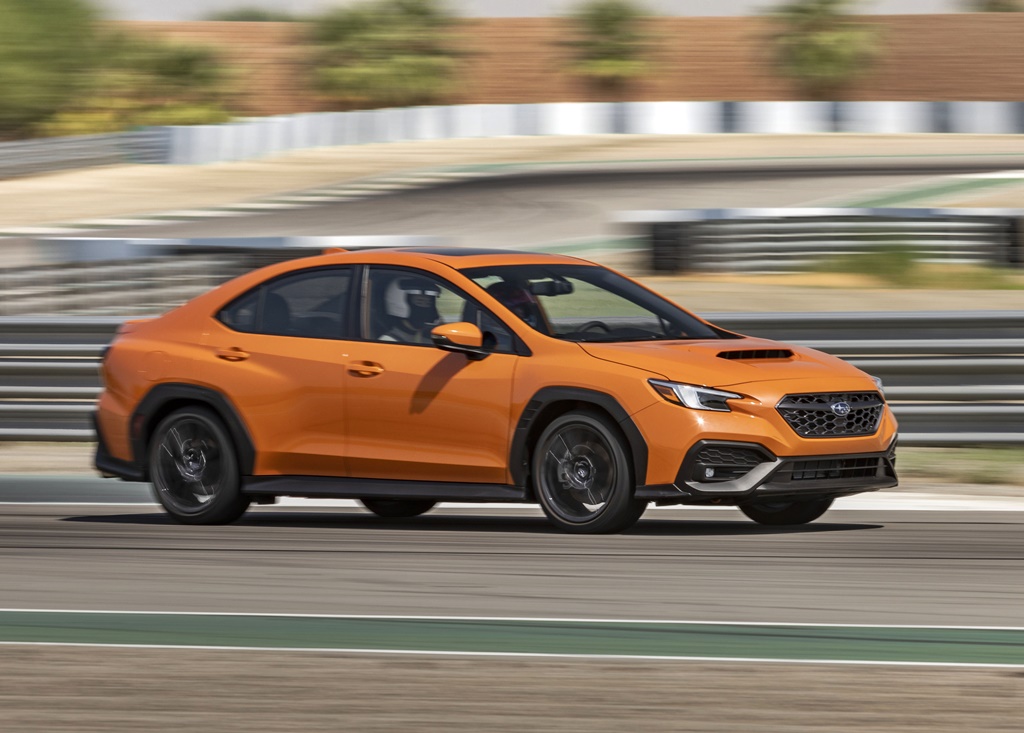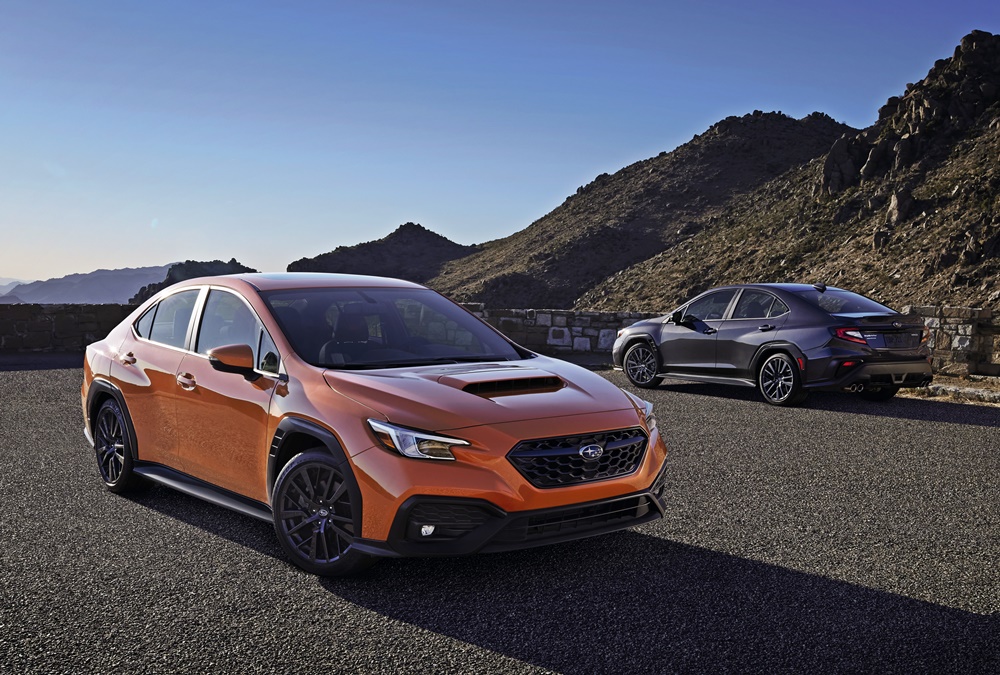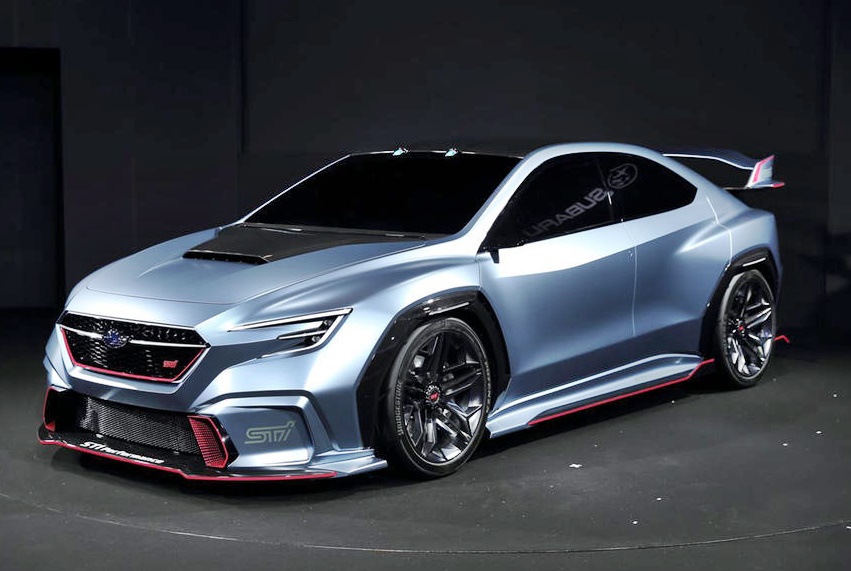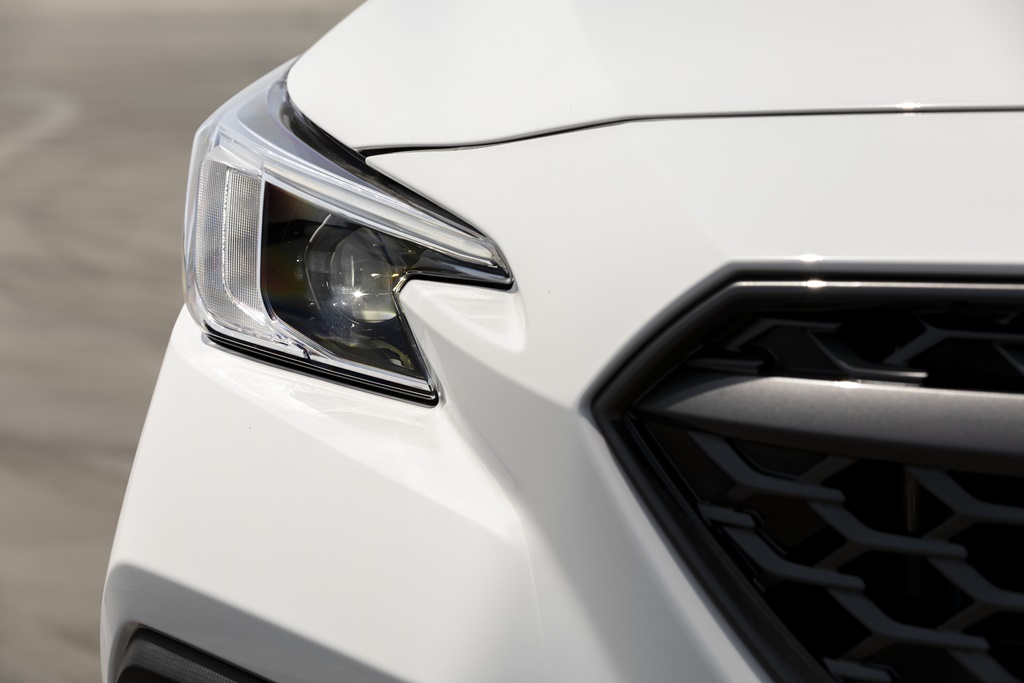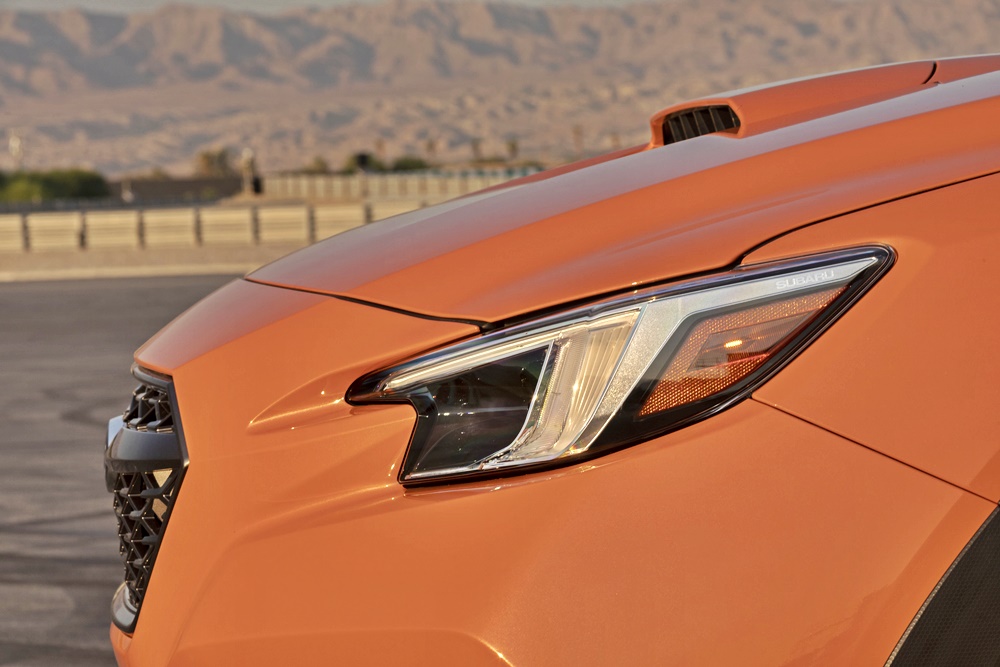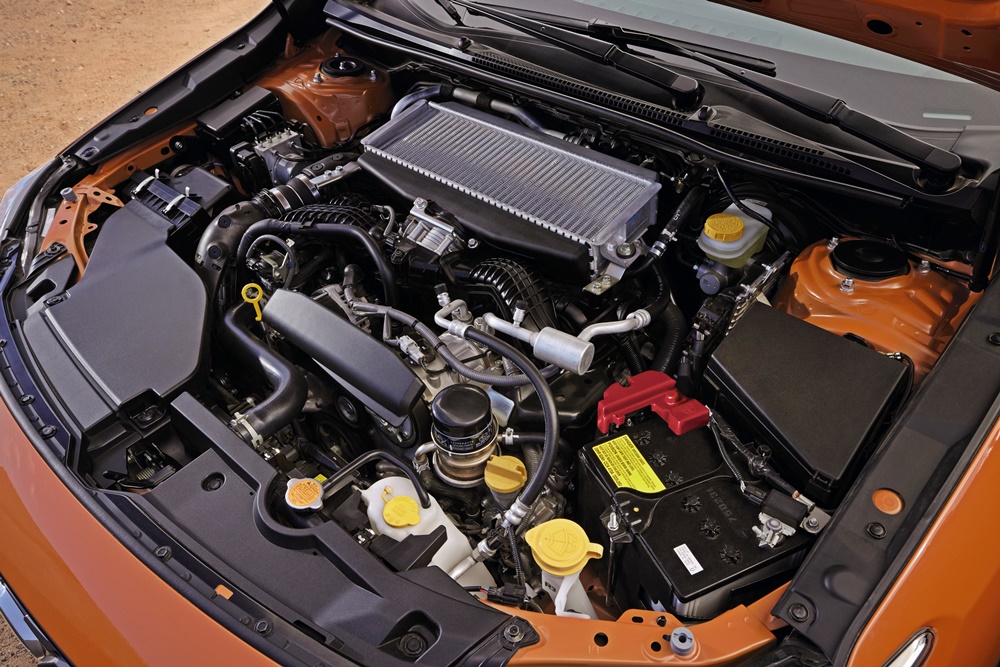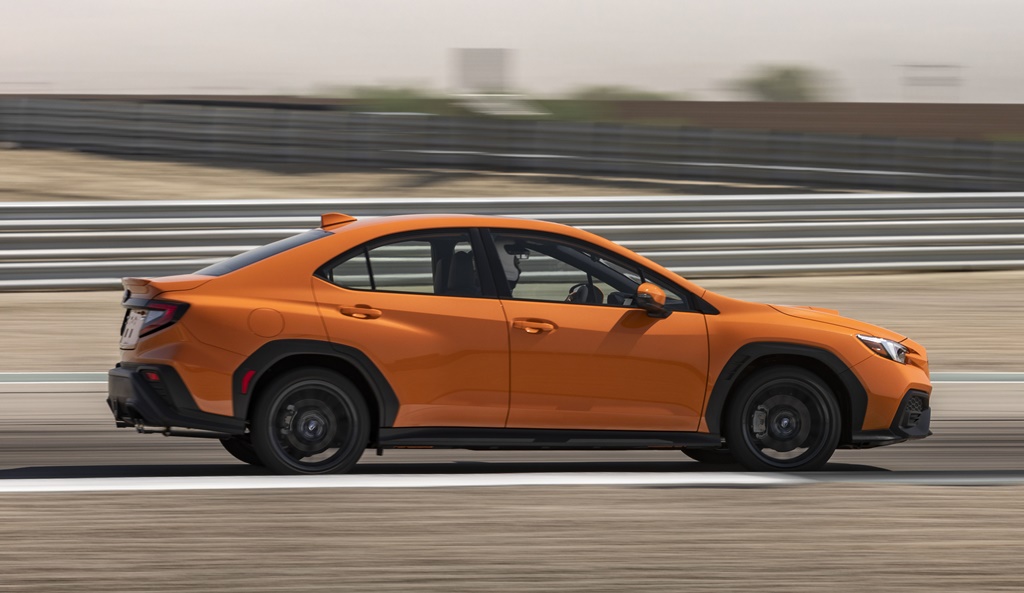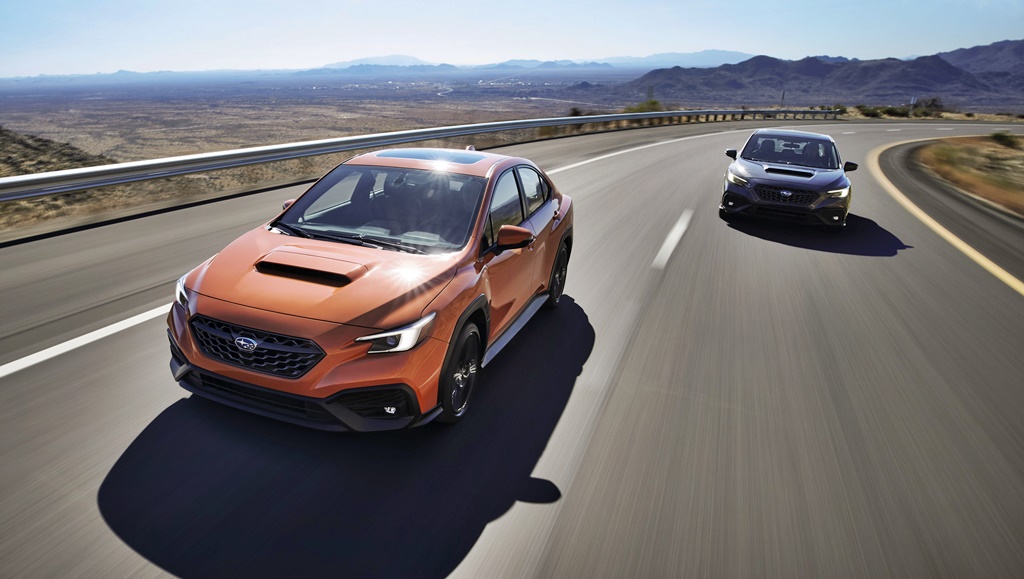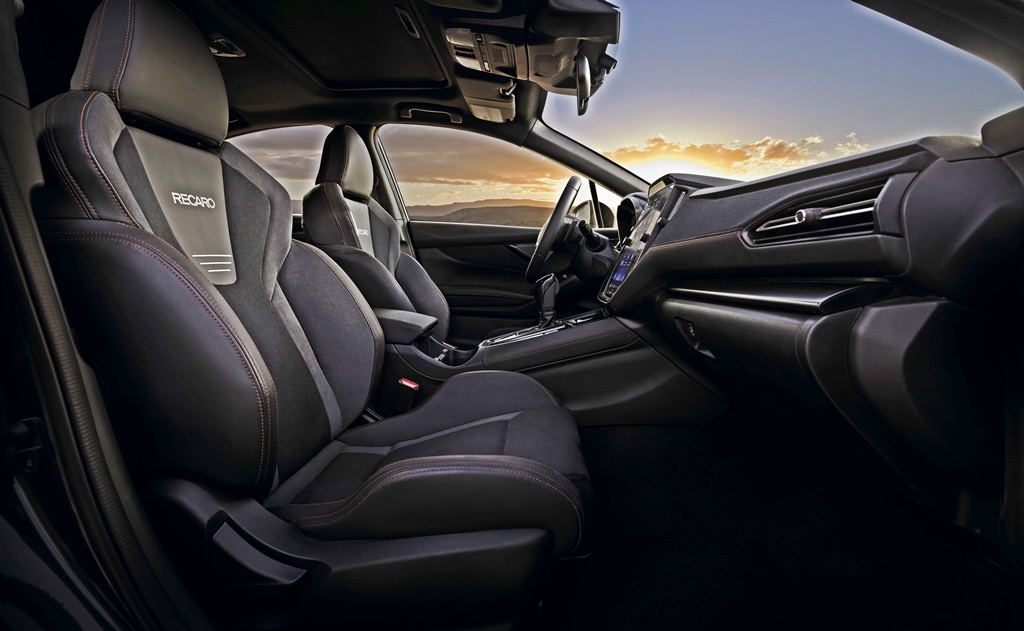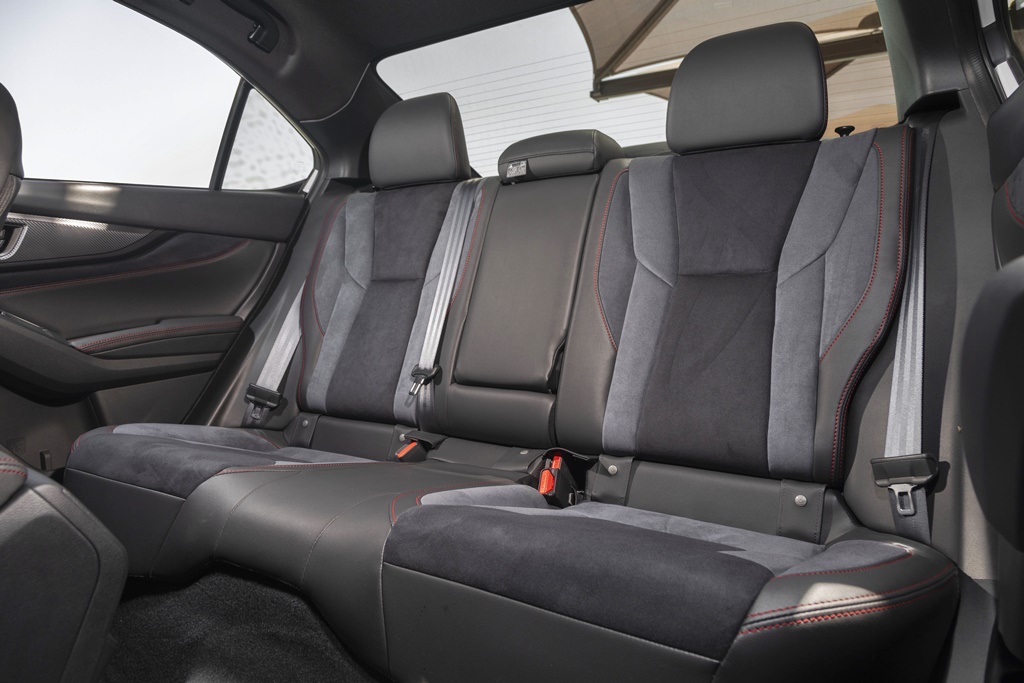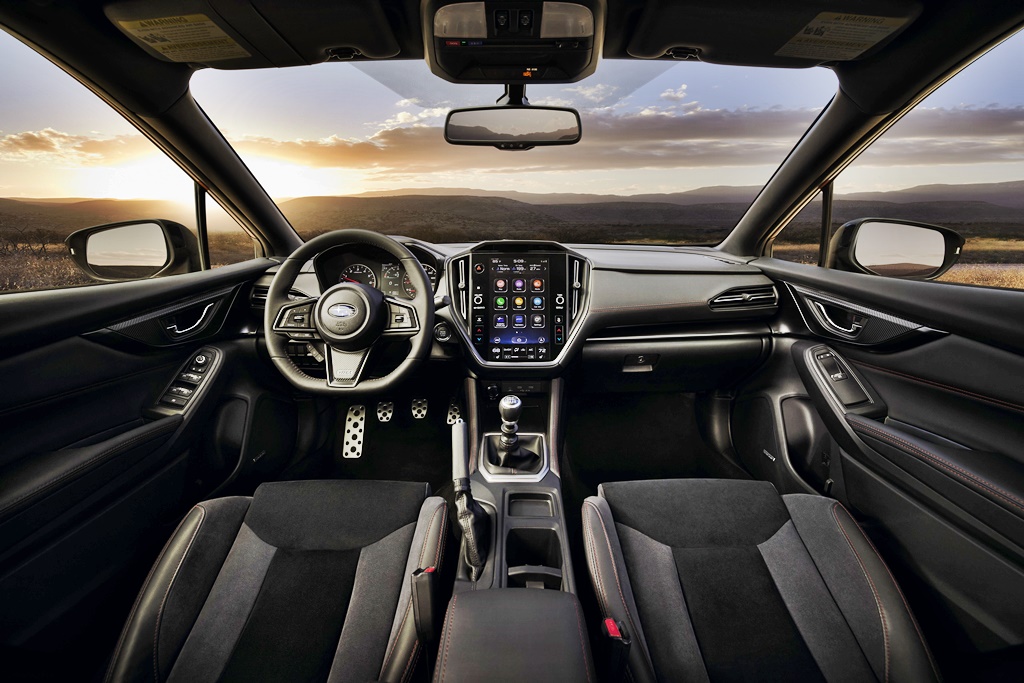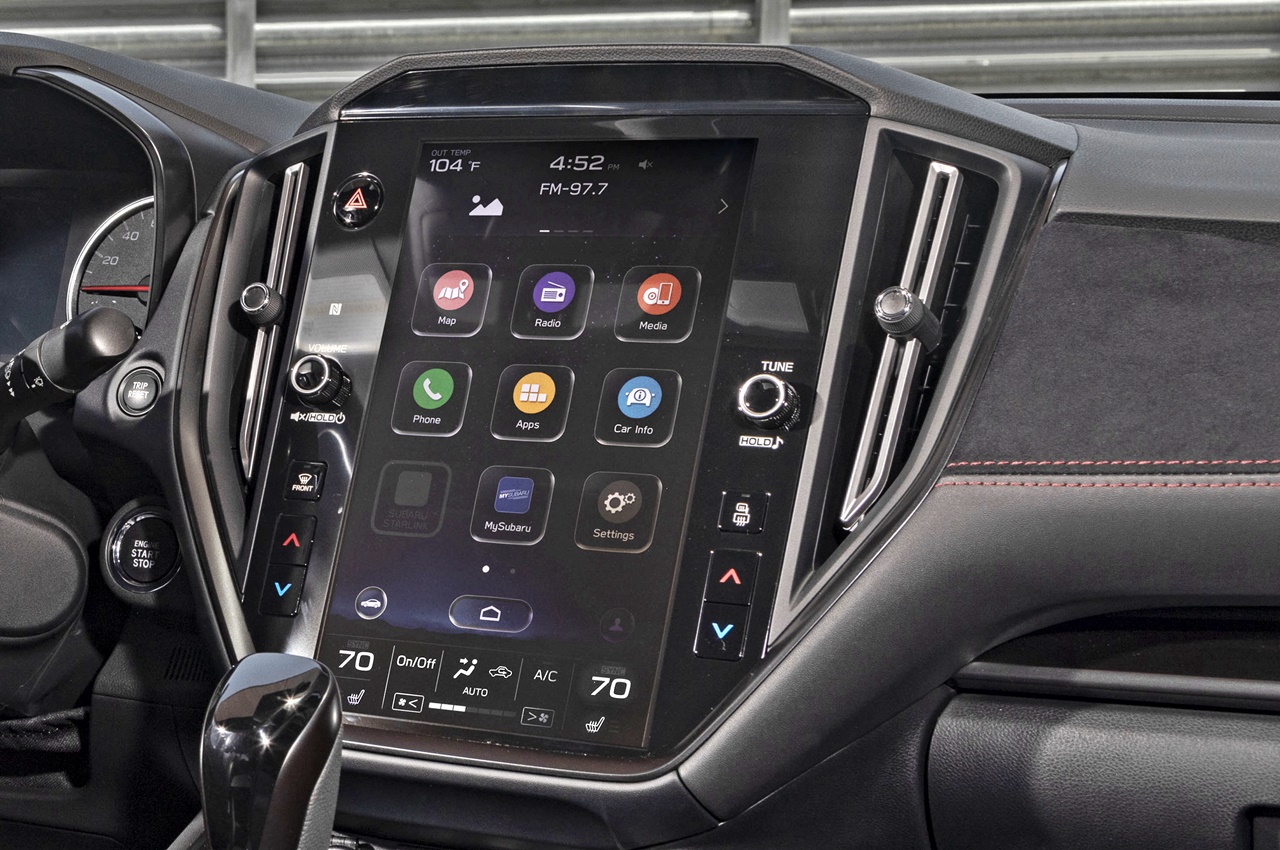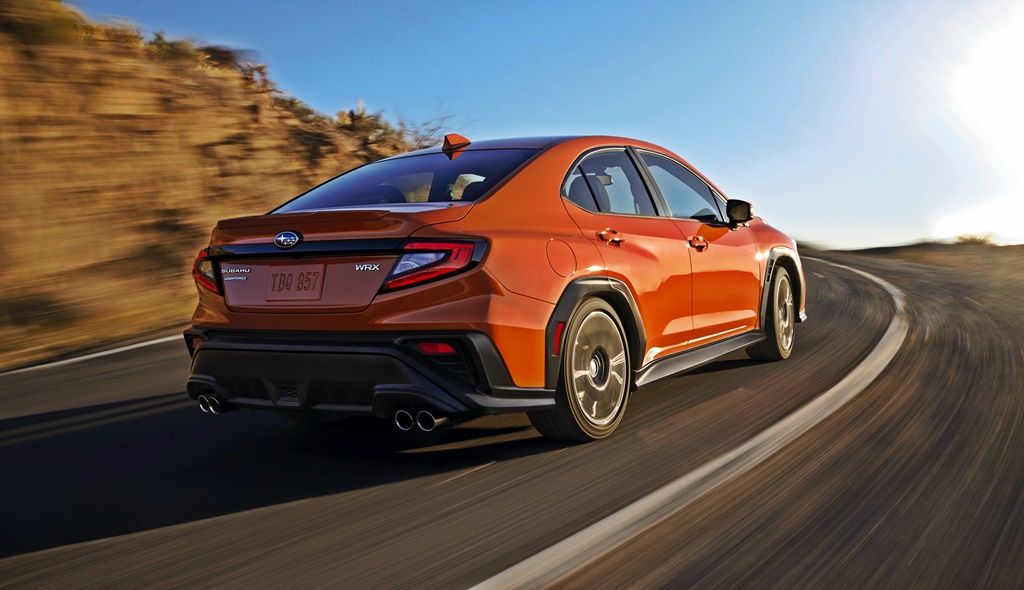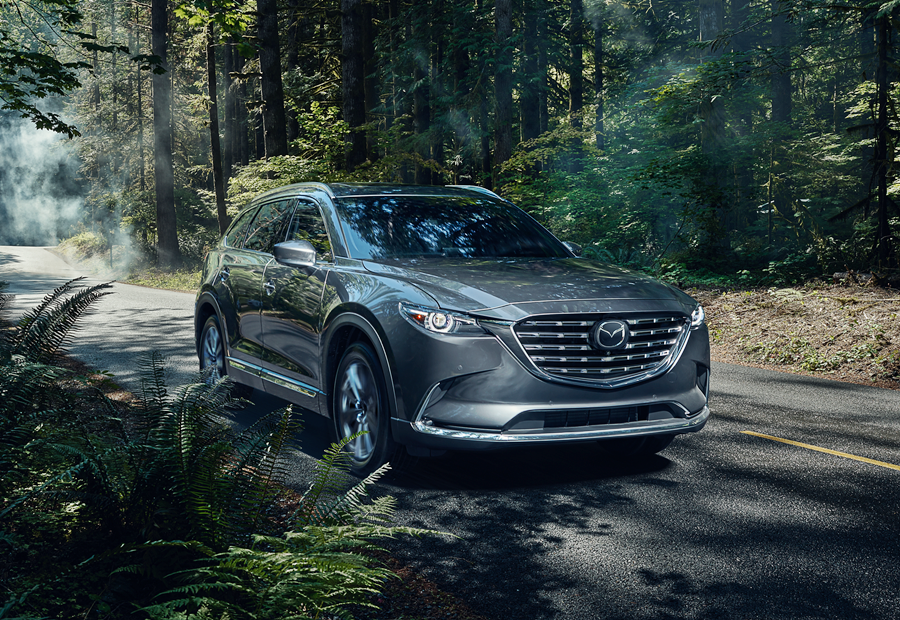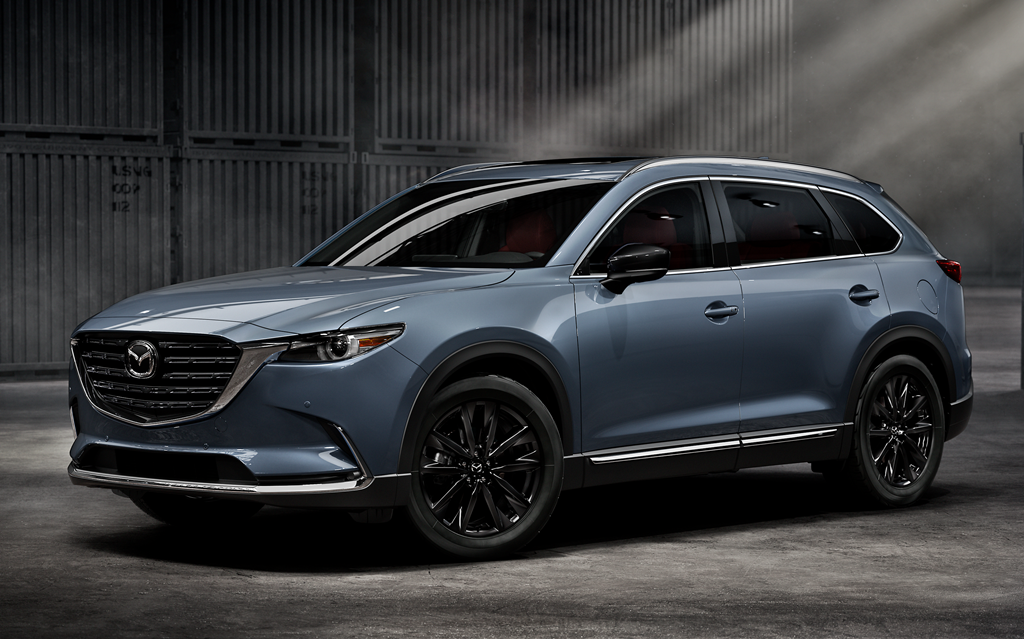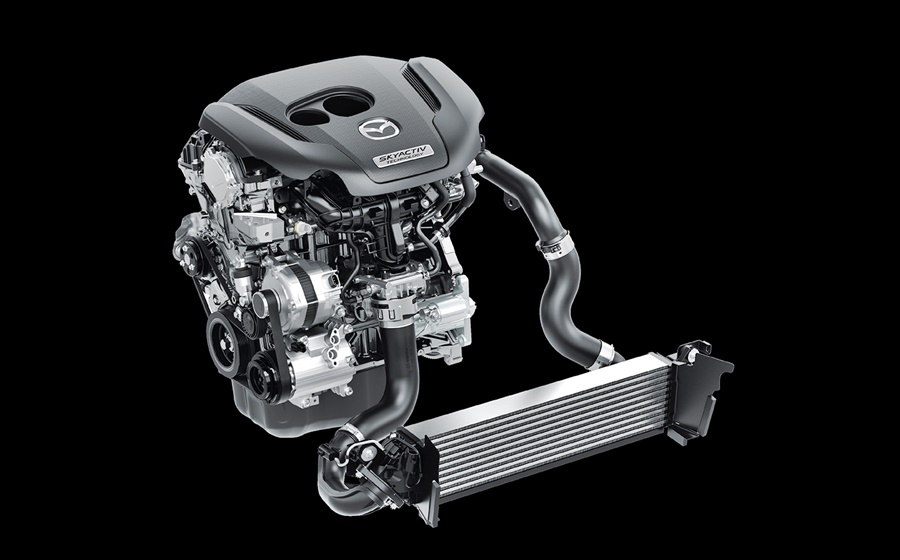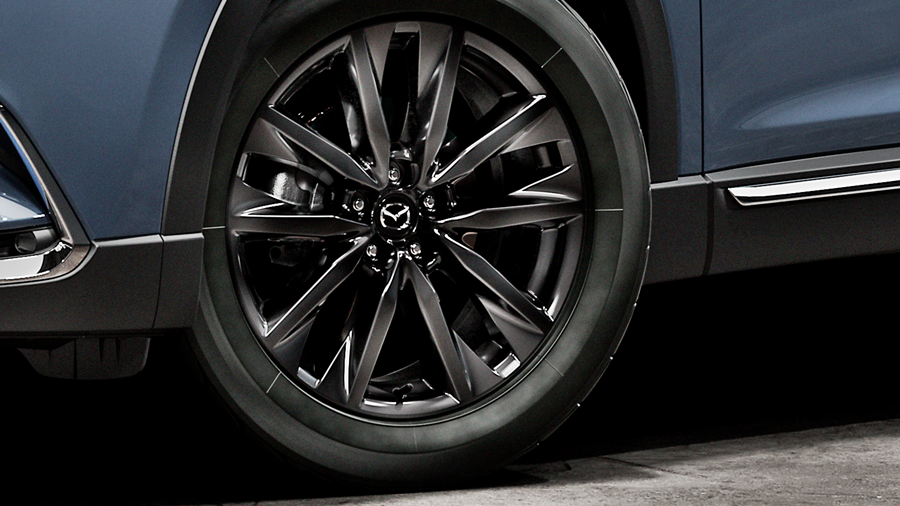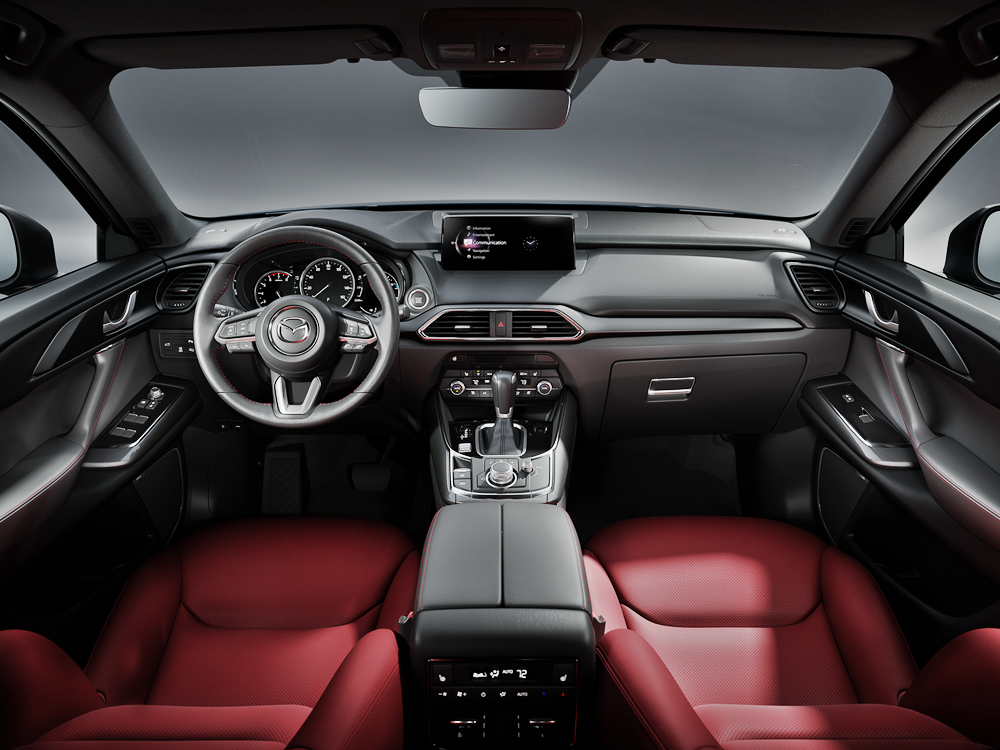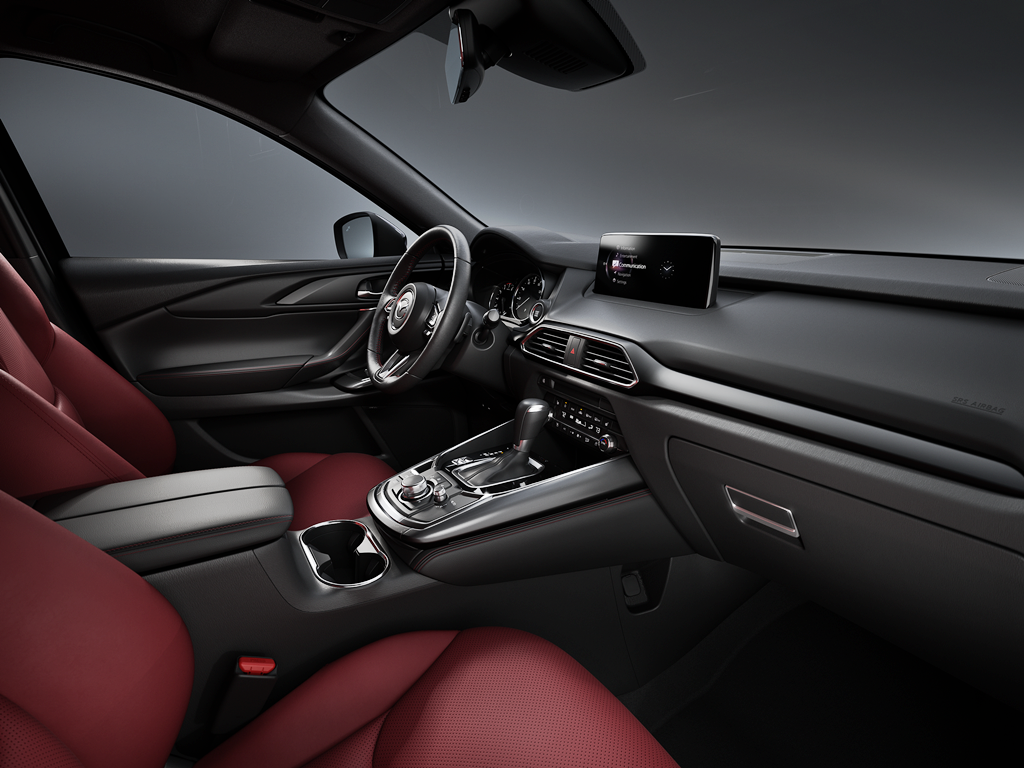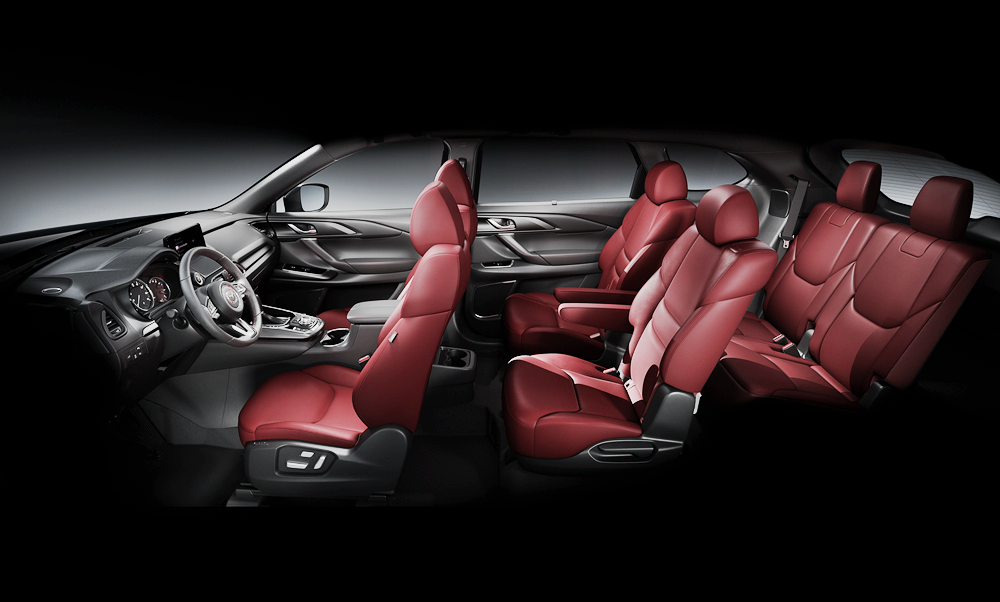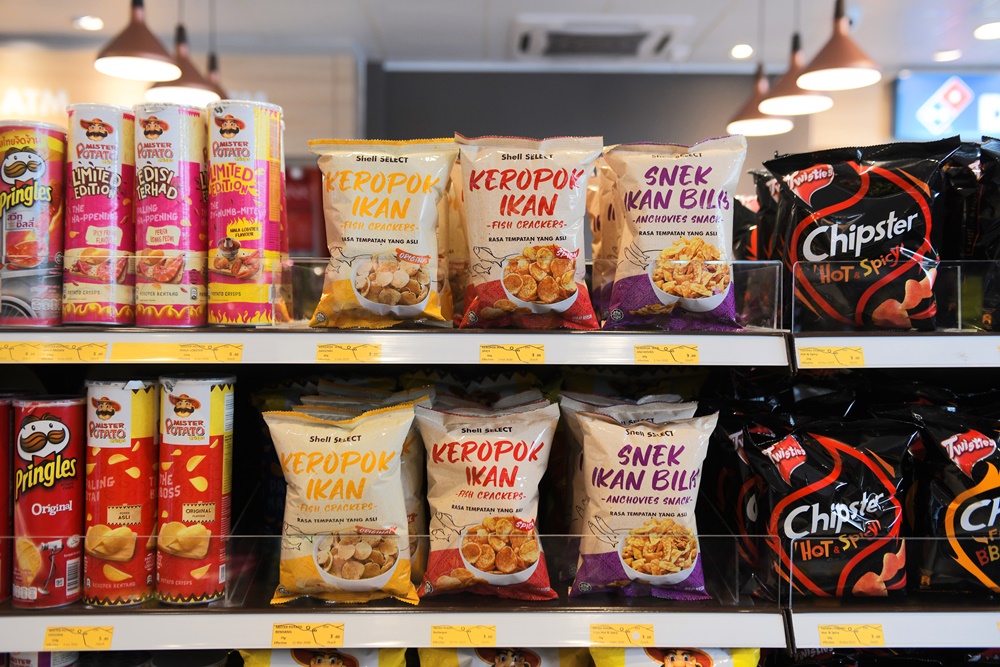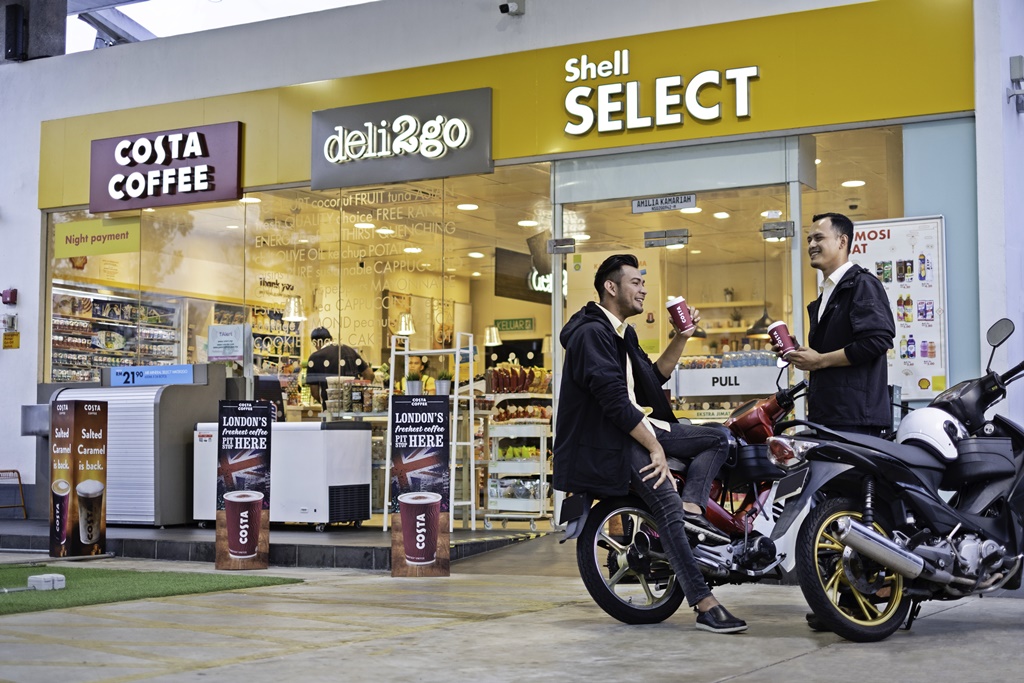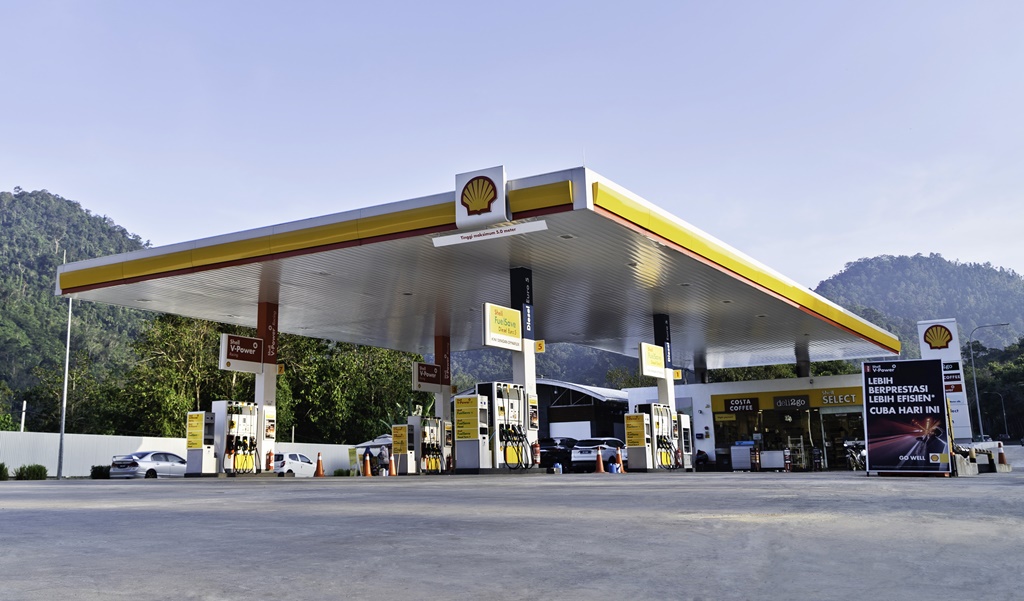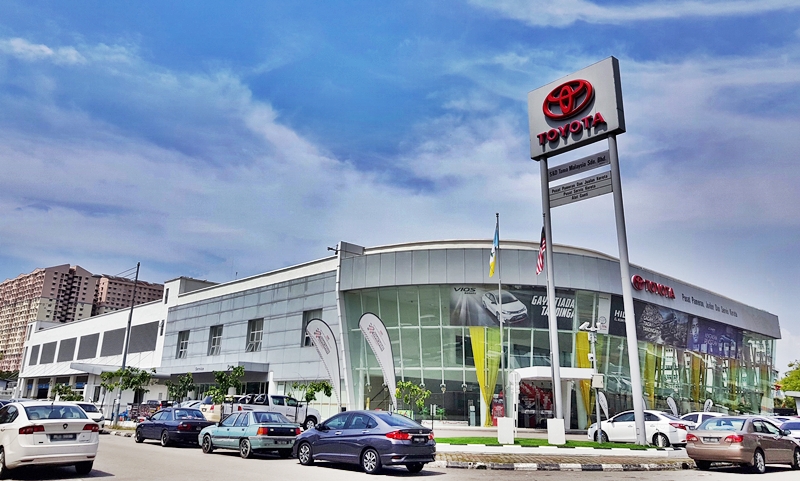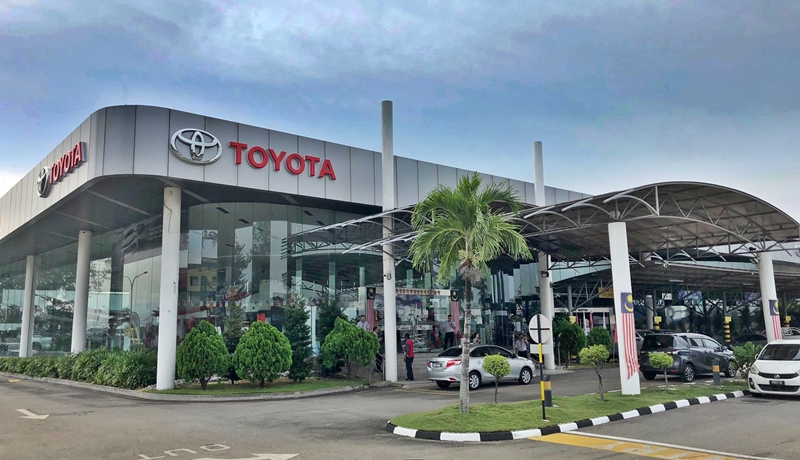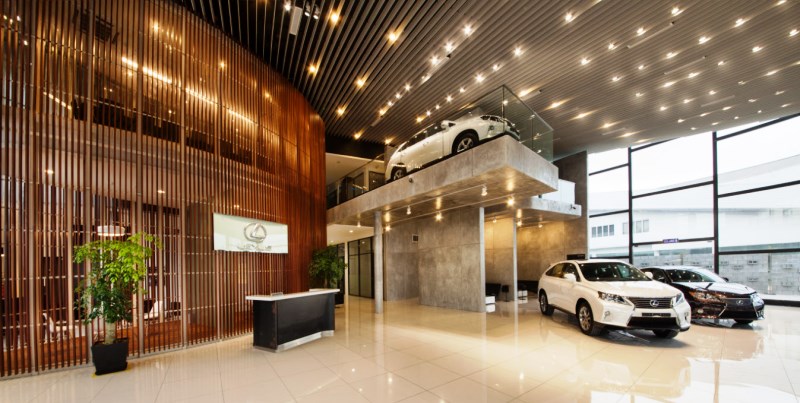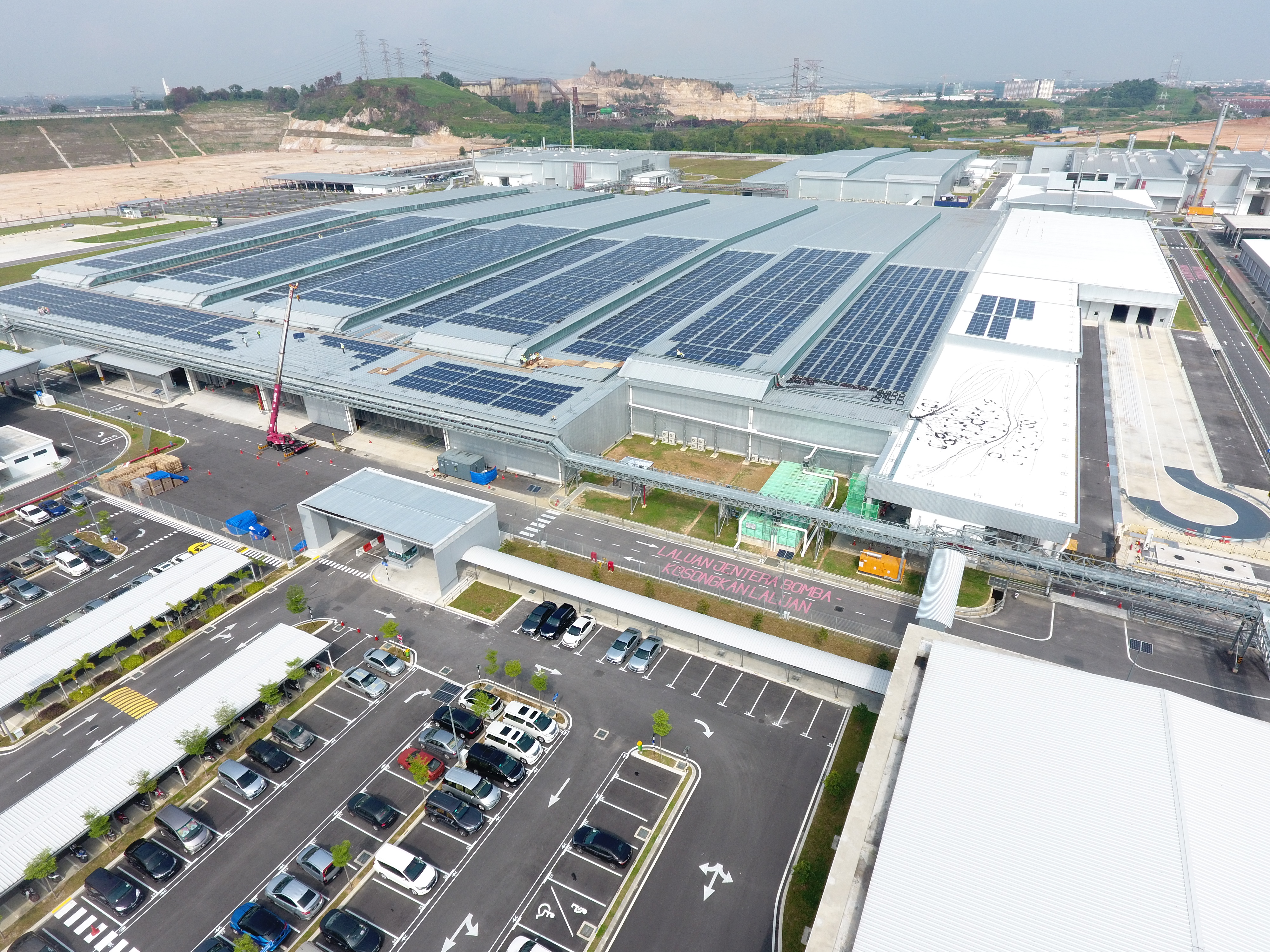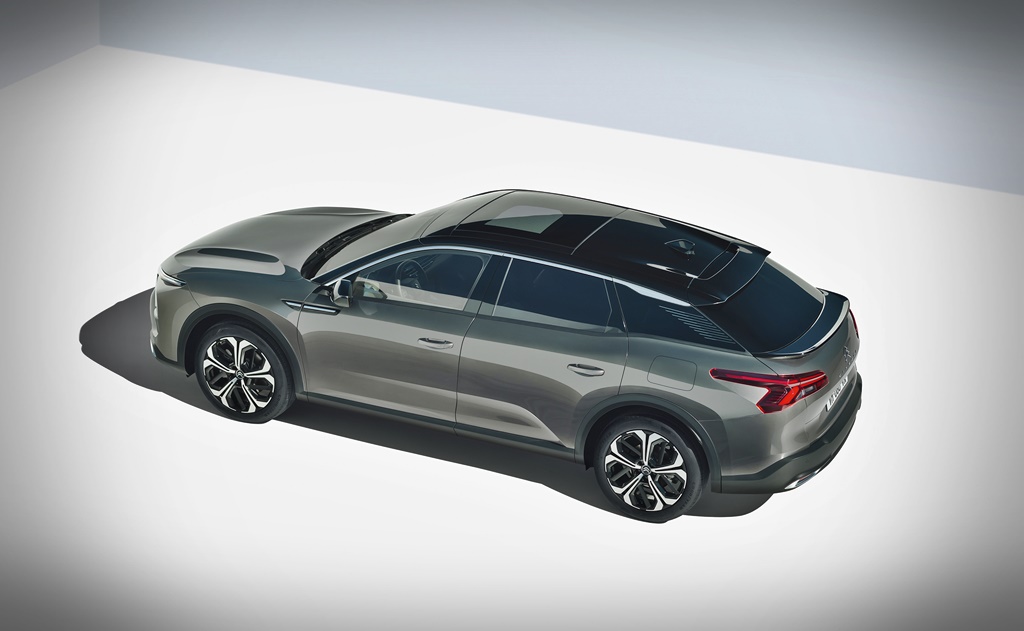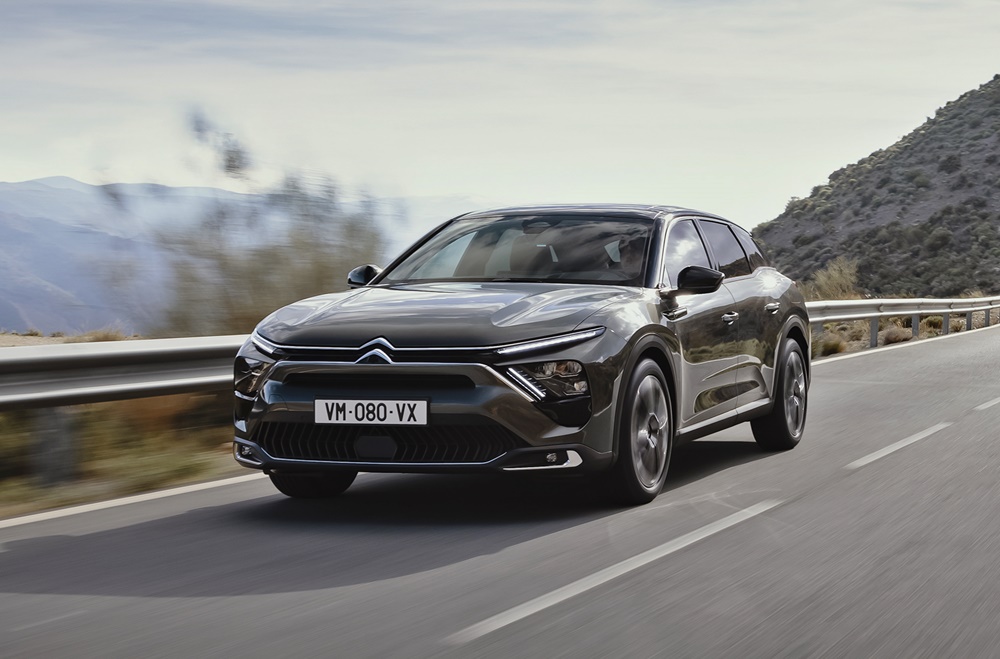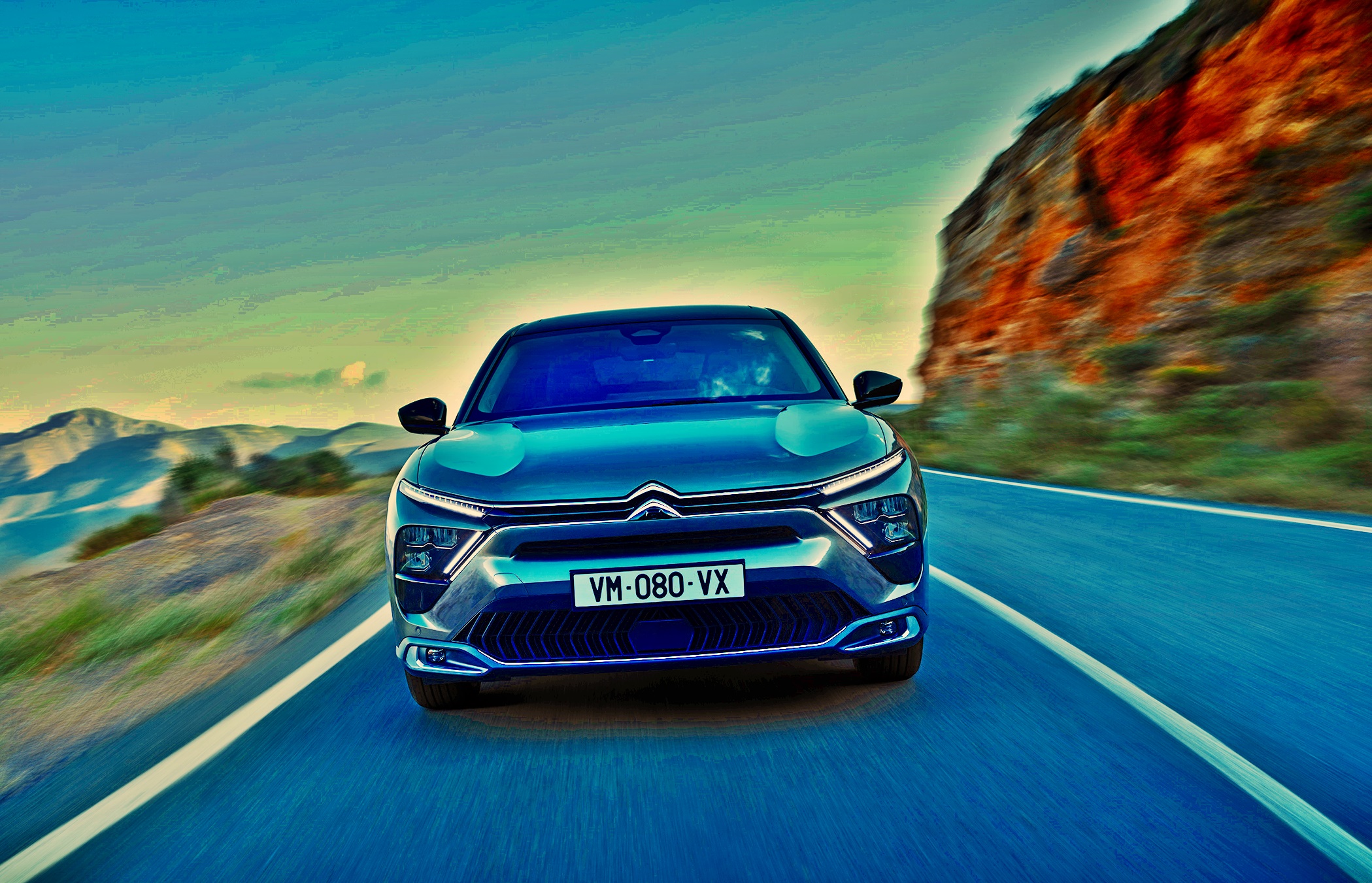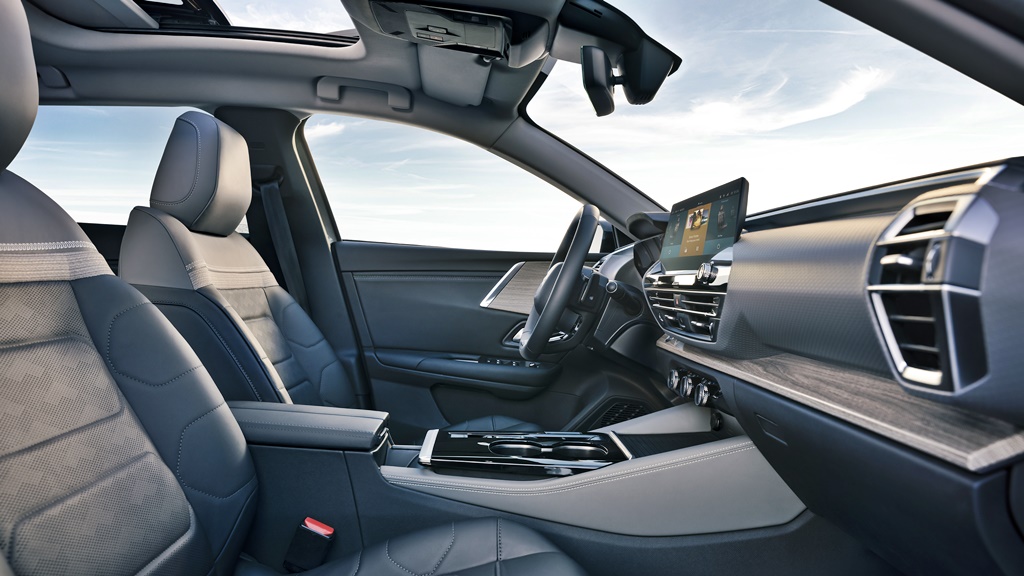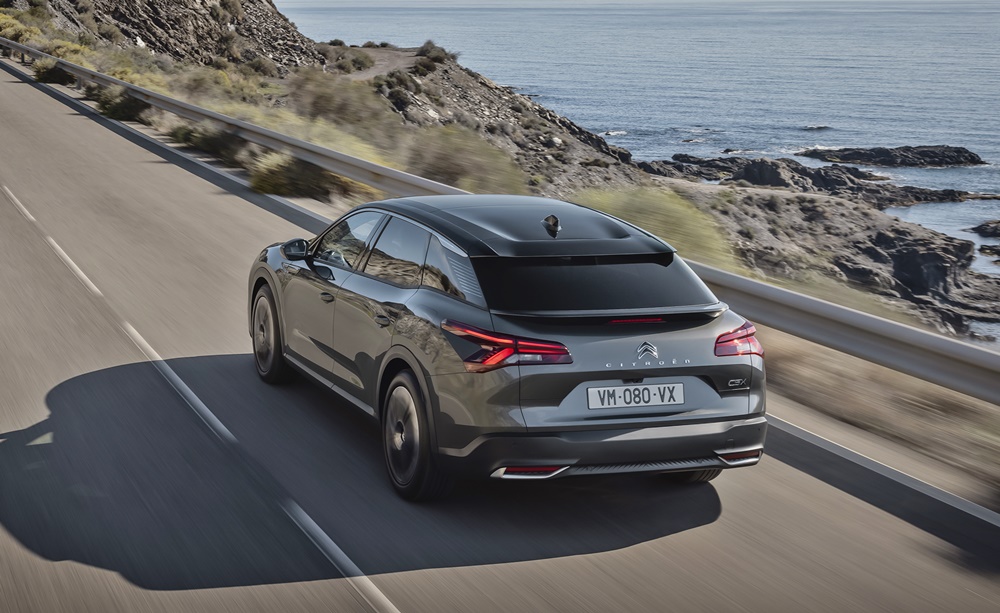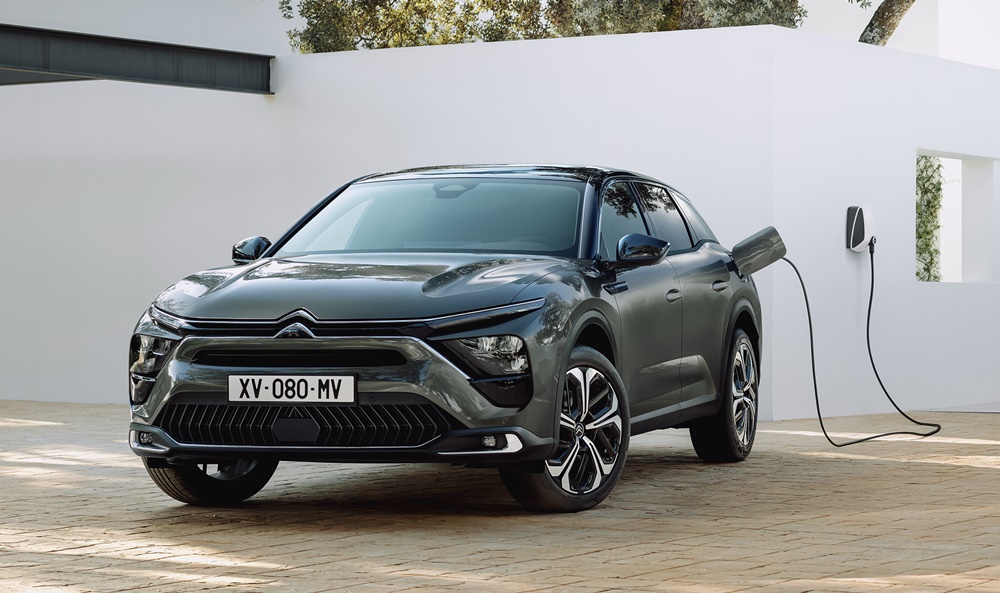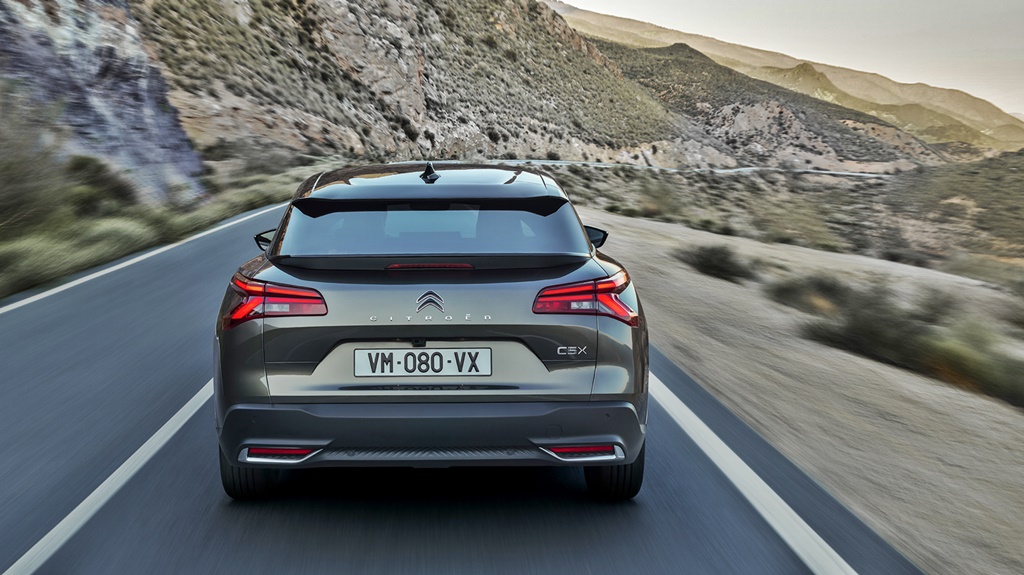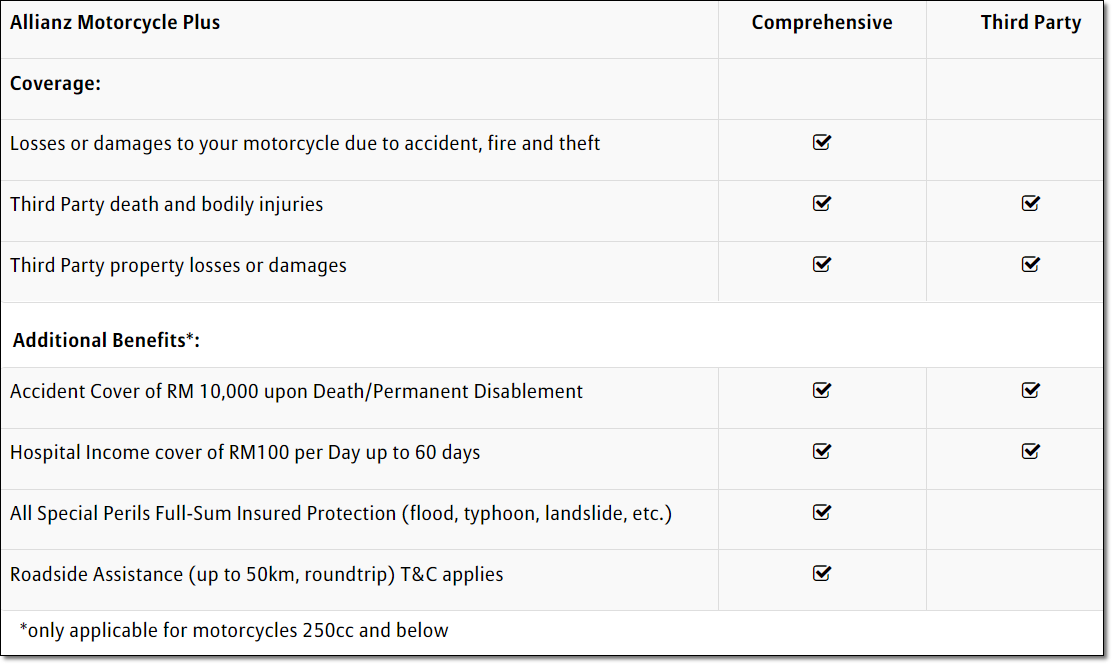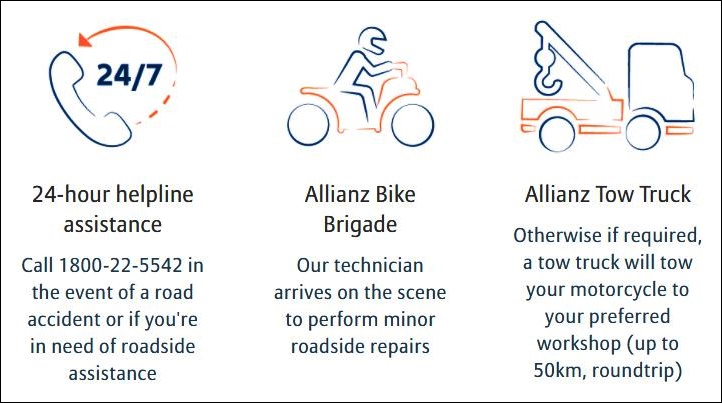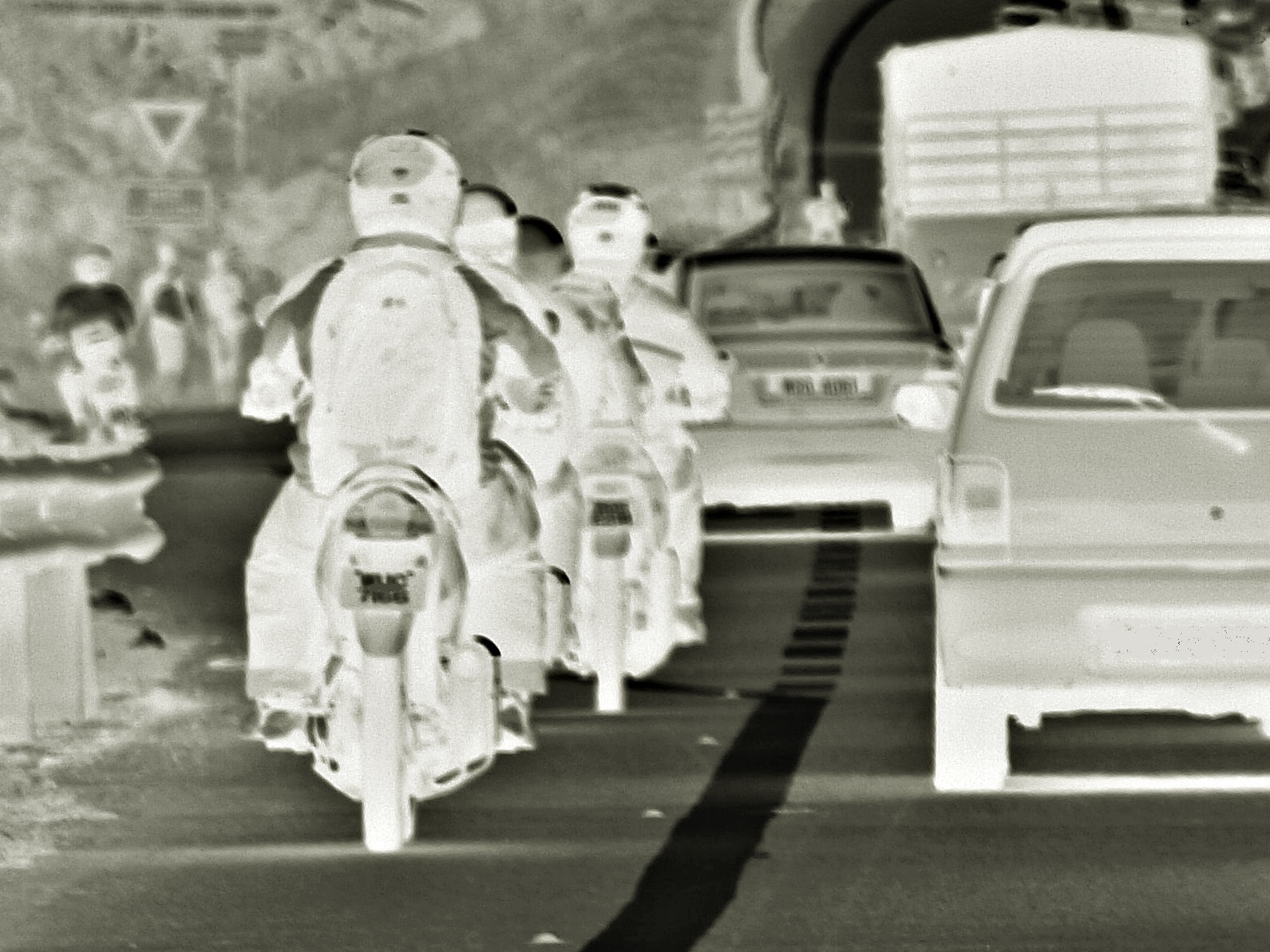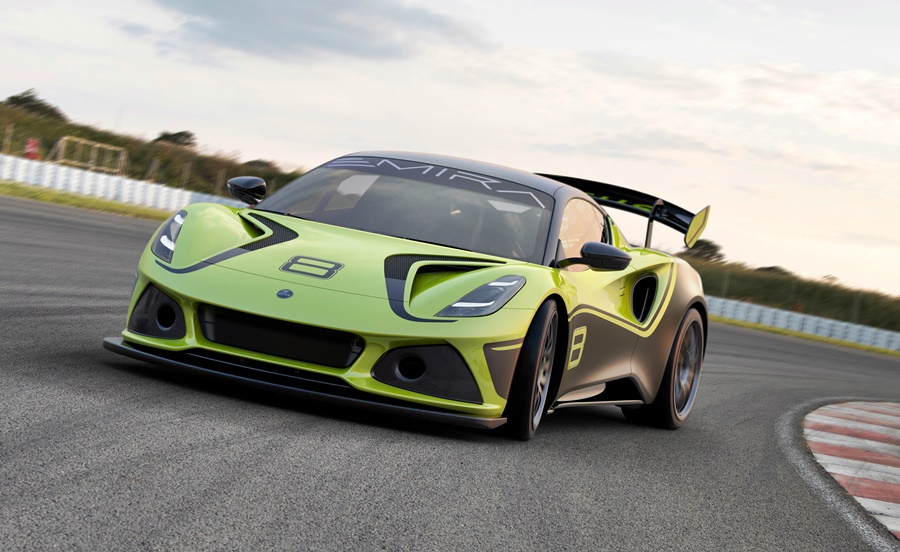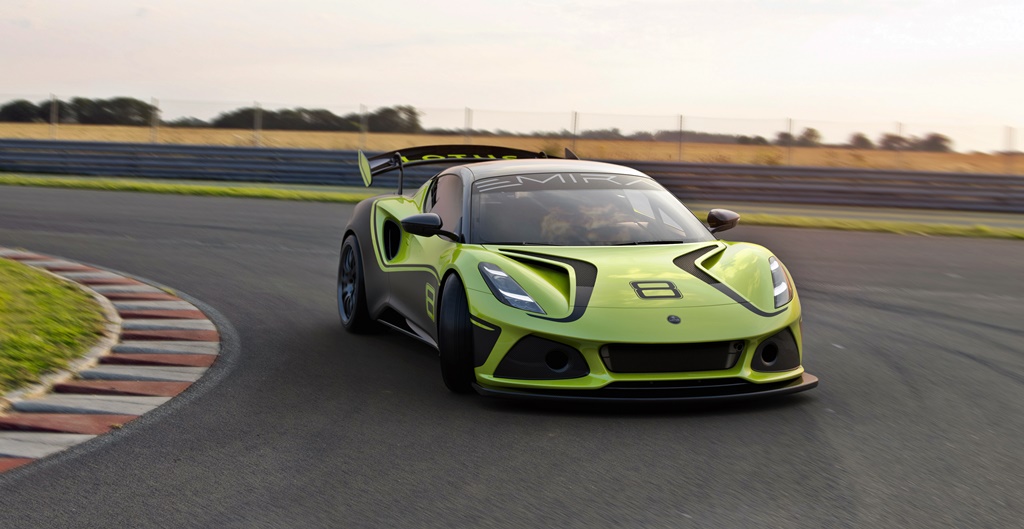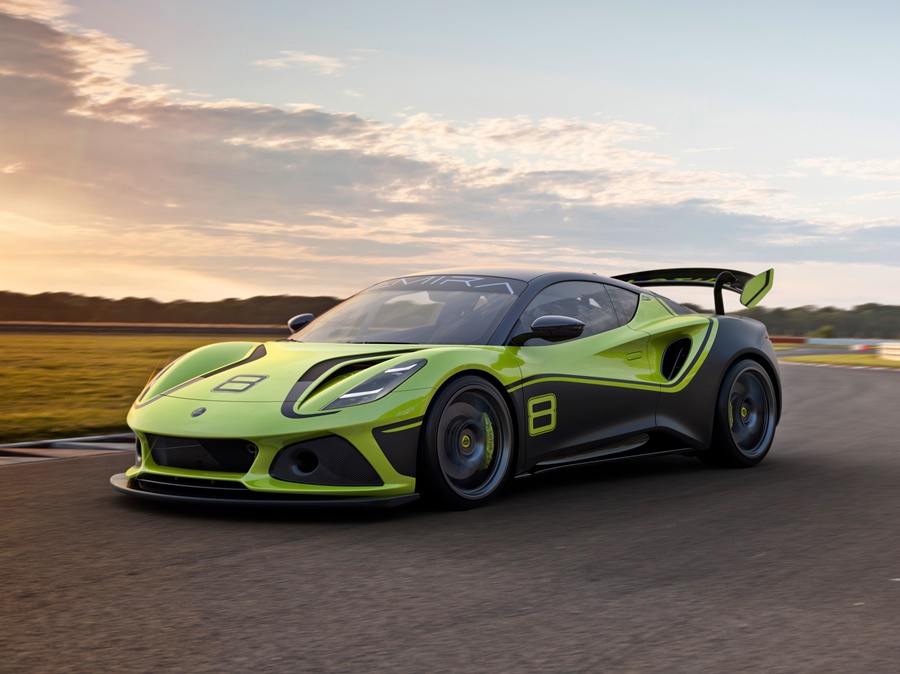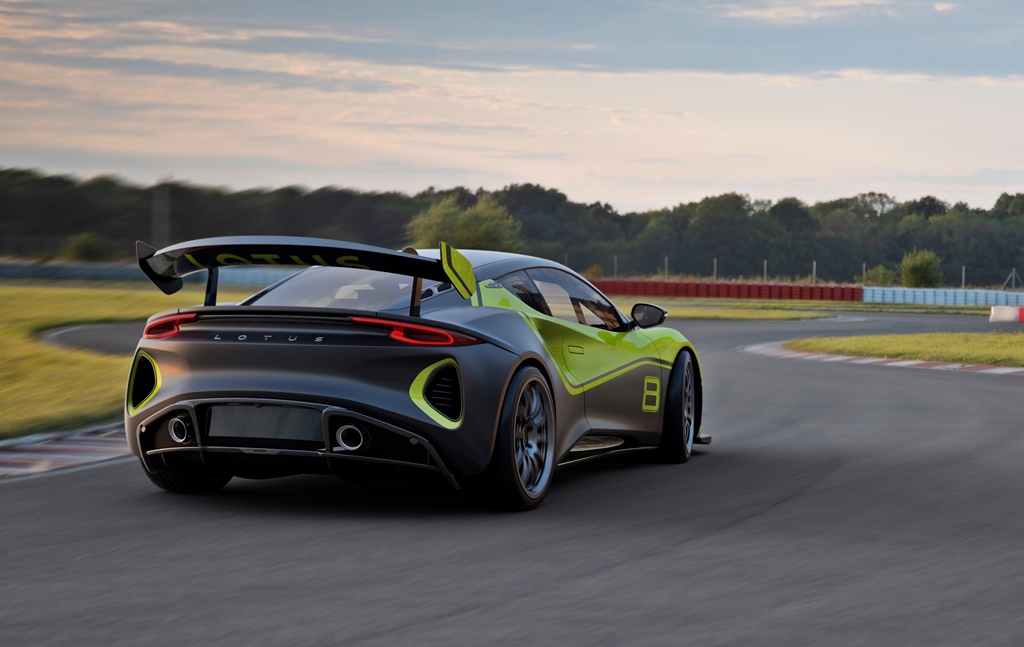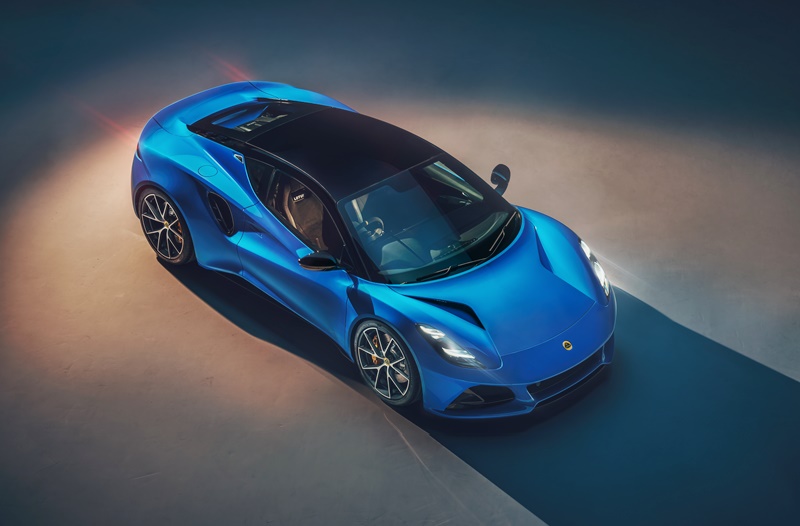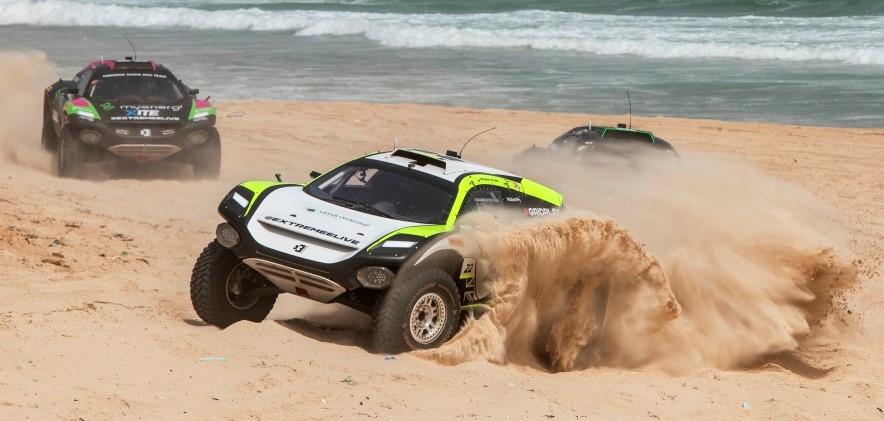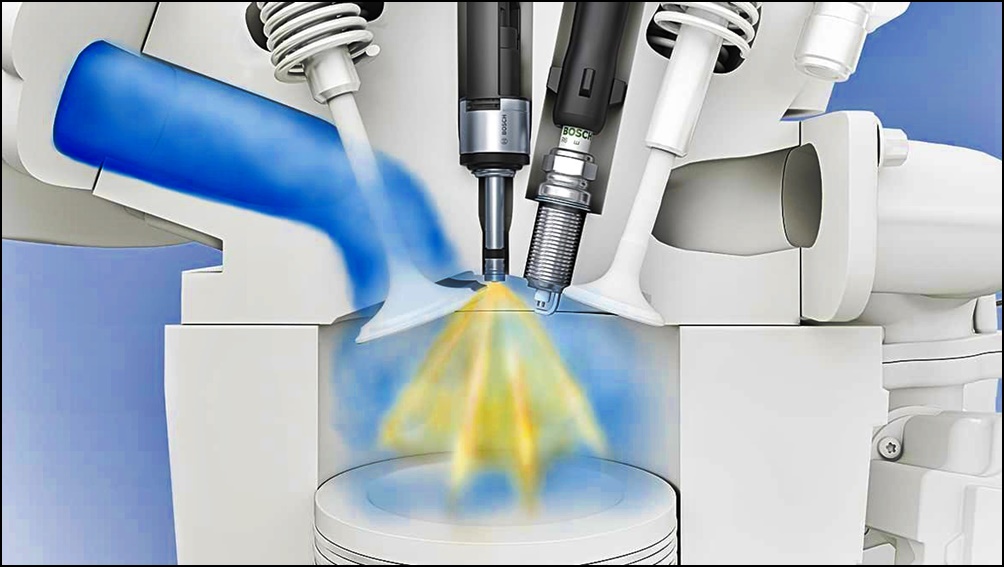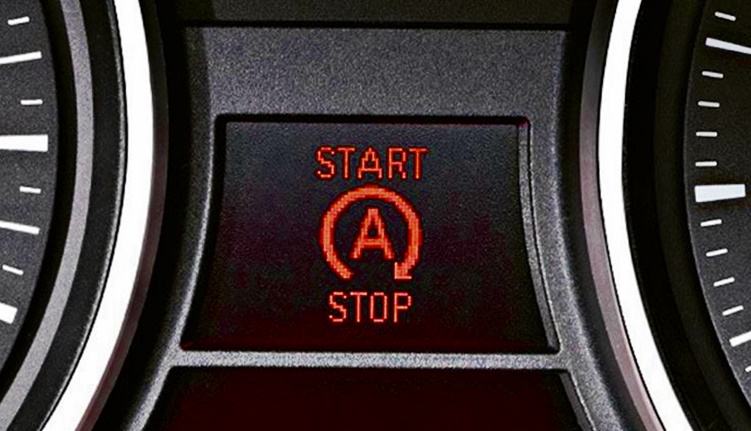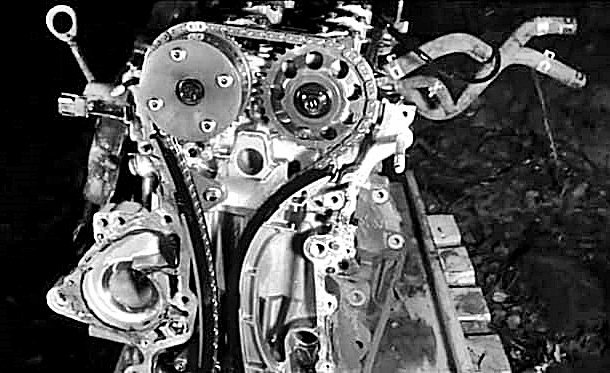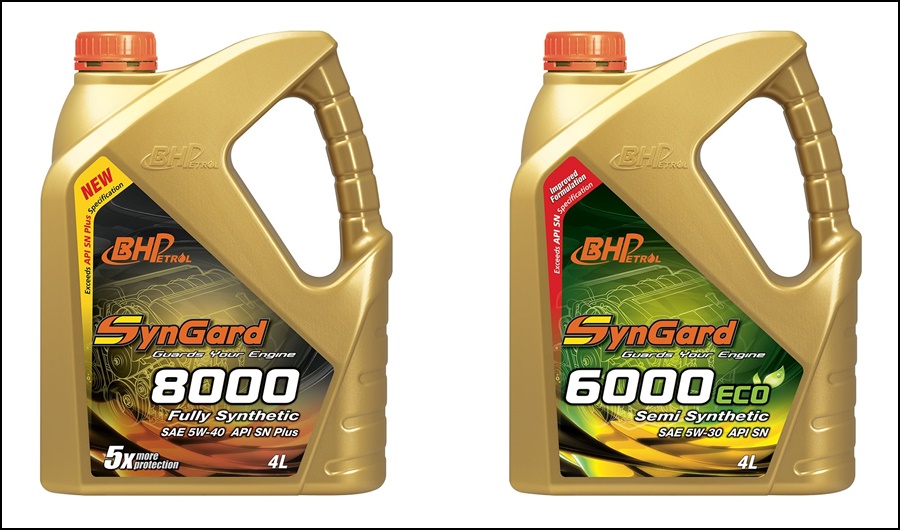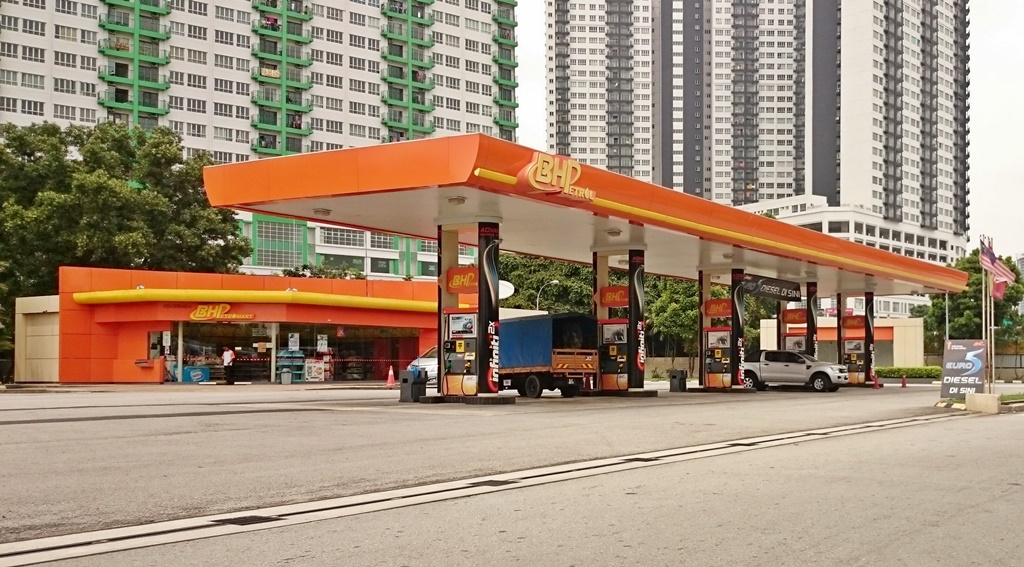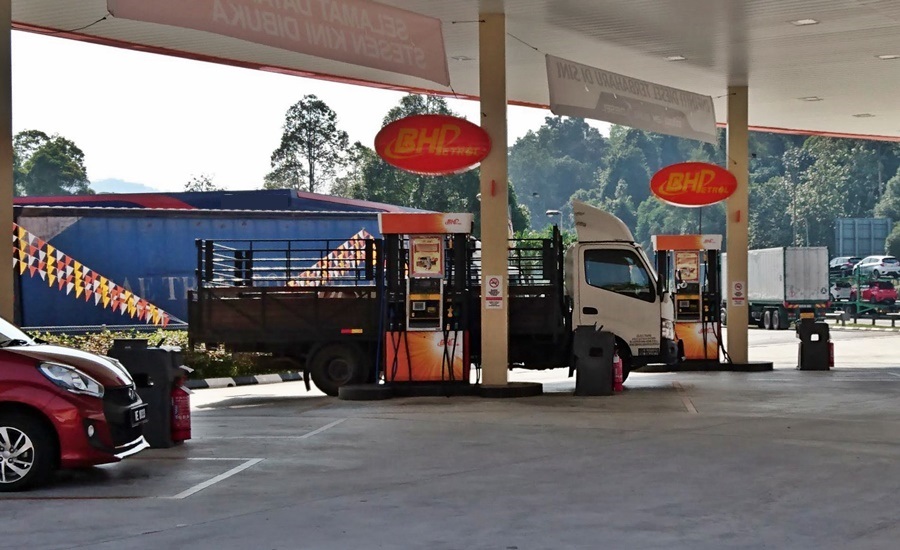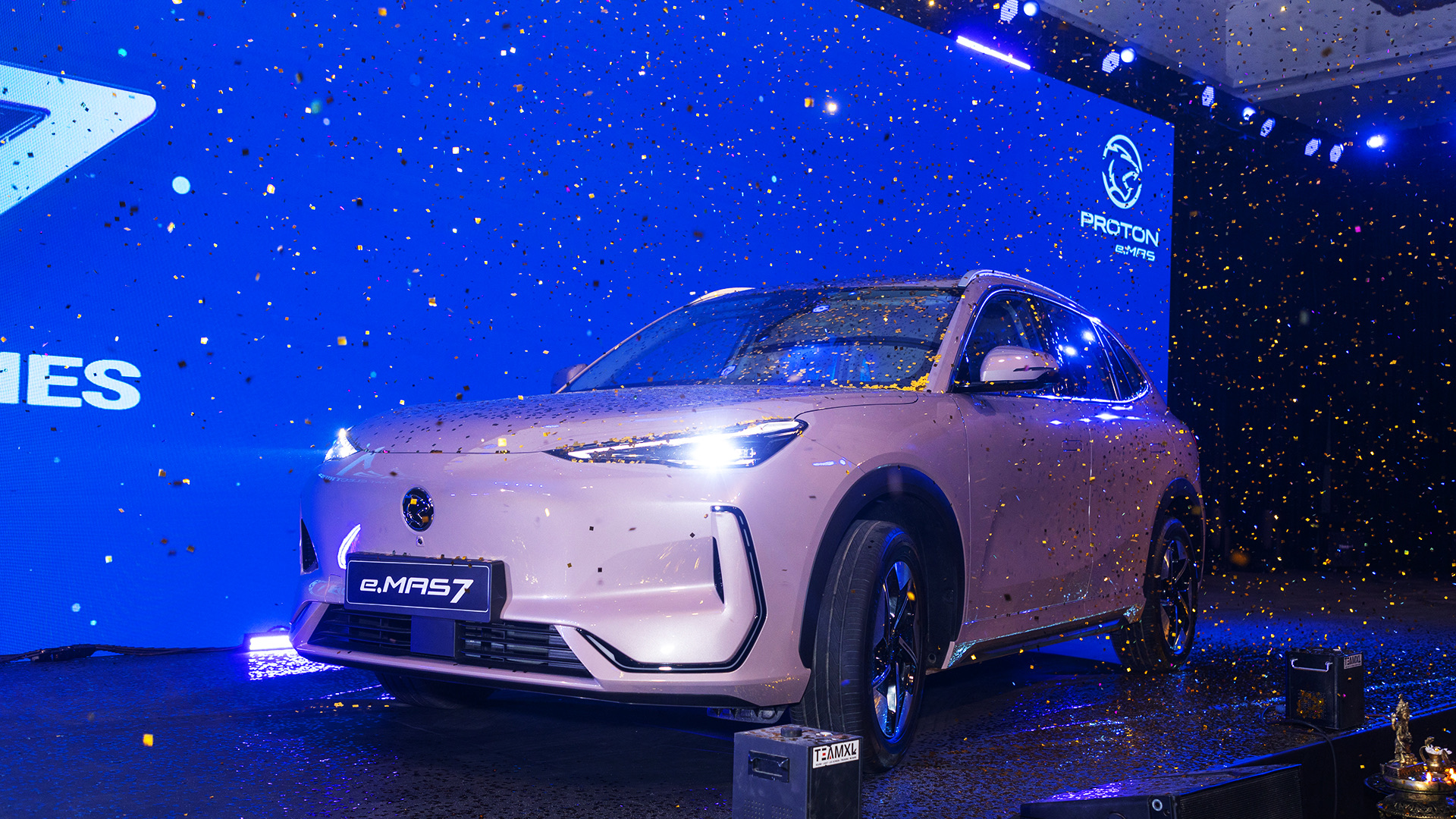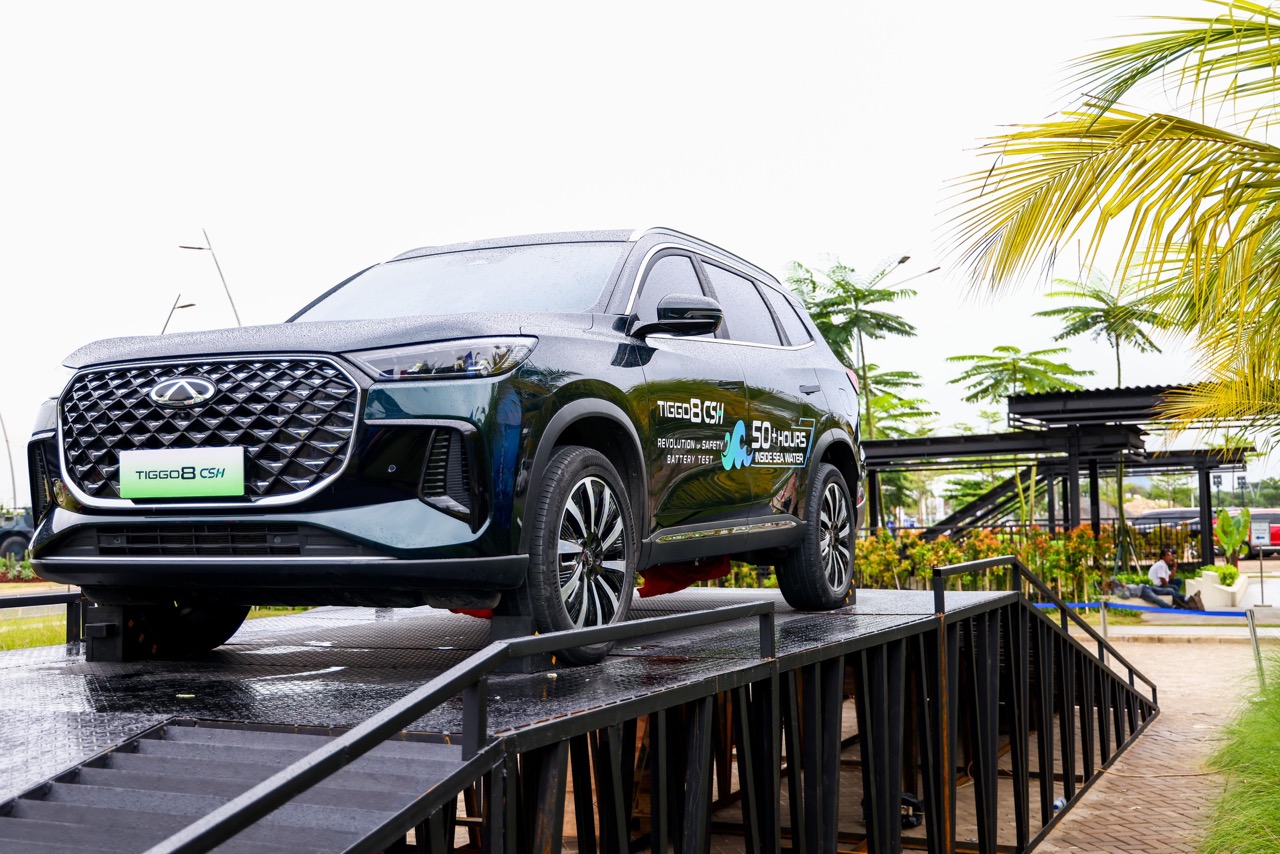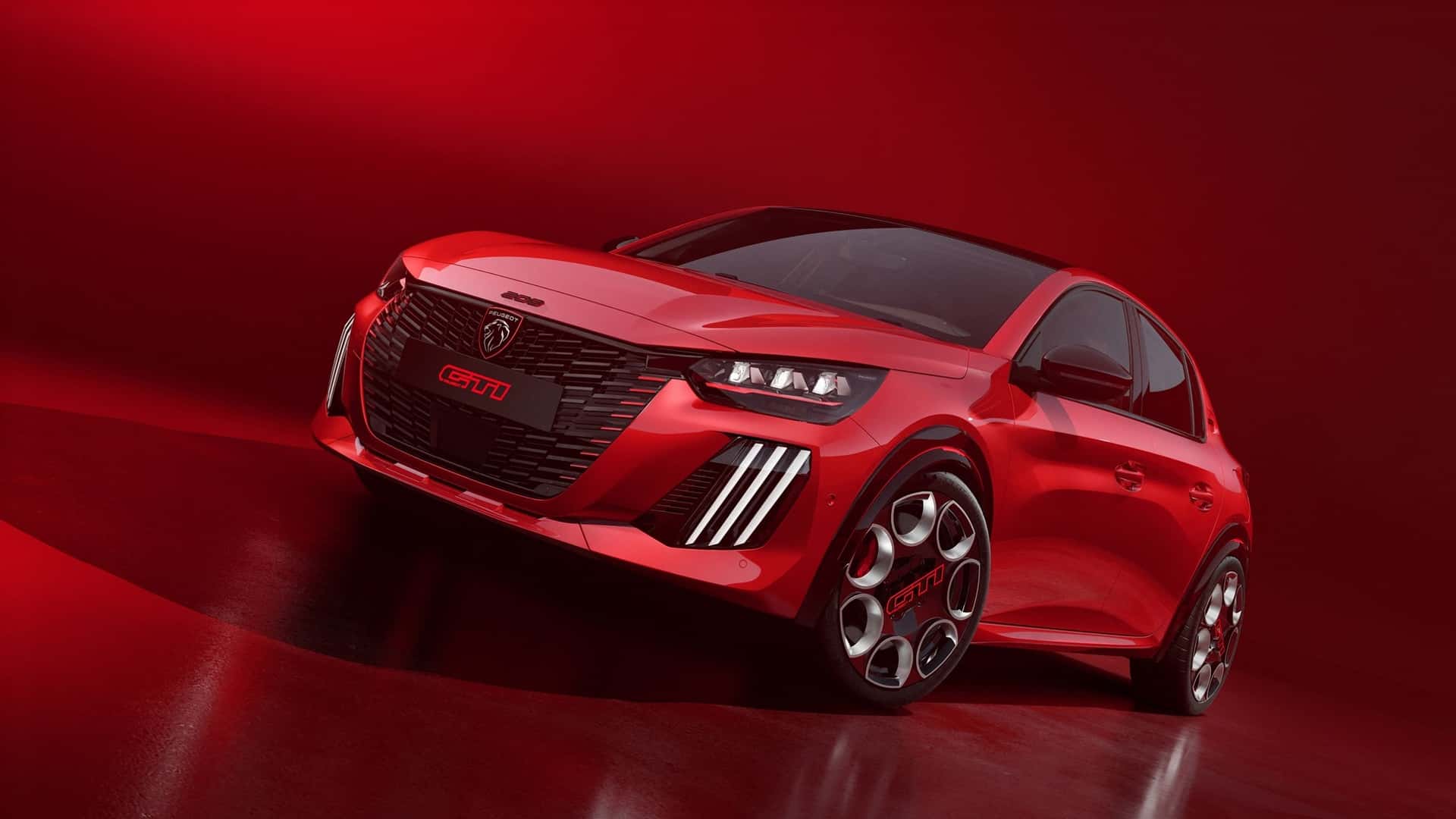Race starts at 3 pm in Italy | 9 pm in Malaysia
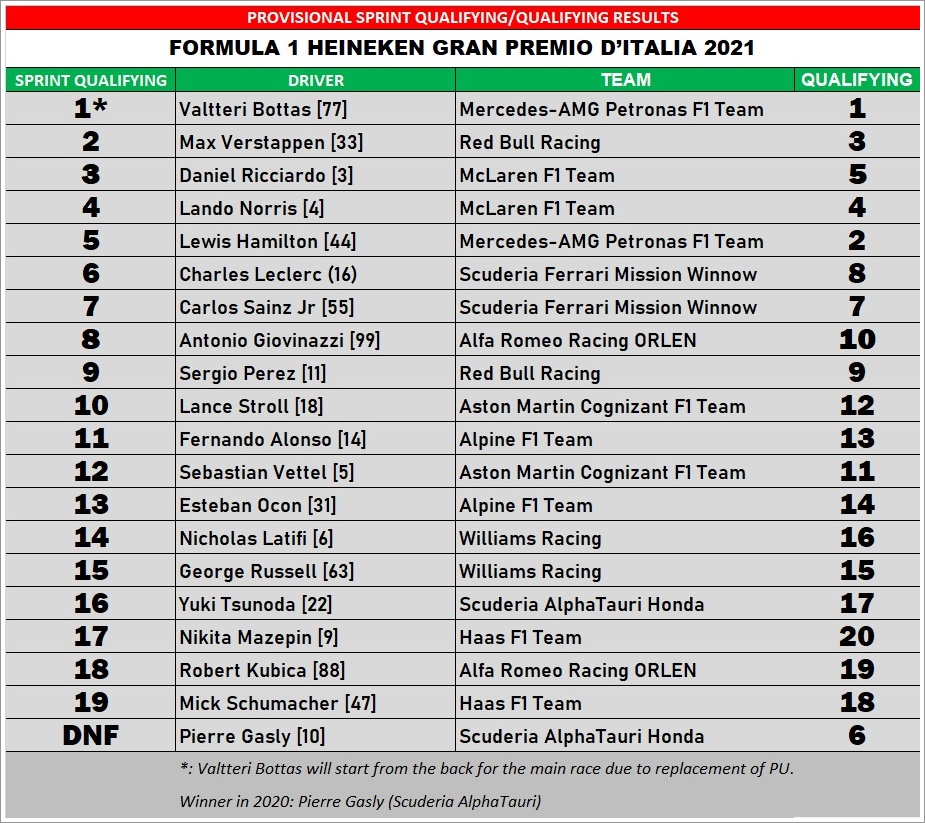
Round 14 of the 2021 Formula 1 World Championship is the Italian Grand Prix, which takes place at the Monza Circuit north of Milan. This is the most frequented track in Formula 1 and Monza is running a round for the 71st time. The only time Monza did not host a round was in 1980, when the Italian GP was held at Imola.
The 5.739-km circuit is therefore familiar to the teams who know how different it is from the tight, maximum downforce Zandvoort Circuit last weekend. Nicknamed ‘The Temple of Speed’ and in existence for 99 years, Monza is all about pace, and some of the highest speeds of each season are reached on the long straights. In fact, 85% of the lap distance will be taken at full throttle, the highest of any F1 track.
The teams will therefore be giving attention to downforce and use packages designed for the high-speed straights. Monza has the lowest downforce level of the year, requiring a special rear wing for the event. This is a talking point every year at the Italian Grand Prix, but there would still be enough downforce to – in theory – drive a car upside down.
The lower downforce levels at Monza, combined with the long straights, decreases the temperature of the tyres, resulting in more frequent wheel lock-ups than at other tracks. This also impacts brake stability as it makes the car more nervous and unpredictable under braking, increasing the possibility of a lock-up. A lot of time can be found in these slow-speed chicanes and big braking zones, but the run-off areas can be unforgiving if you make a mistake.
According to the technicians at Brembo, which supplies the brake systems for the F1 cars, the Monza Circuit is a very demanding circuit for brakes. On a scale of 1 to 5, it is rated 4 on the difficulty index, the same as Sochi where the GP will be held at the end of the month. The low aerodynamic load used to take advantage of the really long straights means highly violent throttle-off moments on the three chicanes. making them particularly demanding for the driver.
Each team can choose from 6 different Brembo front discs, depending on the temperatures expected during the race and the specific race strategy. There is the medium cooling option with 800 holes, high cooling with 1,250 holes and very high cooling with 1,480 holes. Each of these then offers a sub-option with a process on the outer diameter – the so-called groove.
In the case of very high cooling, the holes are arranged in 7 different rows, in the intermediate case in 6 rows and the other case in 4 rows. They measure 2.5 mm in diameter each and are precision-machined individually. It takes 12 – 14 hours to punch all the holes on a single disc. The mechanical component tolerance is only four hundredths.
As for the tyres, Pirelli is providing 3 compounds in the middle of the range: the most popular selection of the season. The P Zero White hard is the C2, P Zero Yellow medium is C3, and P Zero Red is the C4. The same compounds were selected for the last 2 years, offering a good balance for all the different demands of the circuit.
The Italian GP is the second race this year that will have the new Sprint qualifying format. First run at the British Grand Prix in July, it proved to be popular with the drivers as well as the spectators. The Sprint Qualifying Race is 100 kms long which is 18 laps of Monza. No pit stops are required so the drivers will be going flat out from start to finish.
The start of the Sprint race saw Hamilton fumble and while his team mater got off well, Max Verstappen and Daniel Ricciardo also got past the Mercedes-AMG driver and Land Norris as well! But collisions further back, starting with Pierre Gasly and a McLaren brought out the Safety Car. But it was only our till the third lap and racing resumed – by which time, Hamilton had dropped to fifth place.
The Scuderia AlphaTauri team had a bad day as Gasly (last year’s Italian GP winner) was out and Yuki Tusnoda had also sustained damage. Gasly’s retirement enabled Charles Leclerc to move up, while Lance Stroll had to work hard to prevent Sergio Perez from taking over his position.
Verstappen tailed Bottas who was about 2 seconds in the lead. The Dutchman didn’t have to try too hard and just keep his second position since the Finn would have to start from the back even if he won the race. The only thing that Verstappen would miss out on was just 1 point.
For Hamilton, things were just not working out, even with DRS and Norris remained in his sights ahead. The thing is, it was just an 18-lap race so there was not a lot of time and every second counted. In the end, he had to settle for fifth place, while Bottas took the chequered flag. The additional points don’t do anything to the rankings as they were on 3-2-1, so tomorrow will see the reigning World Champion having to work very hard to regain the lead.





